Originally, the first U.S. Mint branch outside of Philadelphia opened here in 1837 to coin the gold mined in the area.
Gold had been discovered in 1799 in Cabarrus County, NC, starting the first Gold Rush in the U.S. Coins made here carry a "C" Mint mark and are extremely rare today.
Operations ceased during the Civil War and several subsequent years. The Mint was re-opened as a U.S. Assay Office, but never resumed coin production. In 1936, the Mint Museum opened and was the first art museum in North Carolina.
Ancient Art of the Americas (Mesoamerica, Central America, Andes). Below are tomb sculptures dating from 300 BC - AD 250.
Censor with Tlaloc Face (Mexican god of rain and lightning), AD 900-1200.
Large ceramic urn used for burial of the dead by the Mayans in the highlands of Mexico. This one would have been used by royalty.
Effigy bottles and pottery bottle and bowls of Peru, 100 BC - AD 100.
Double Chambered Whistling Bottle, 1000-1532 BC, Peru
Quipo, 1430-1530 AD, Peru. Quipu are knotted lengths of cord that kept tract of data (taxes,census data, imperial history, etc.) Different knots, length of cord, color, and hierarchical position defined the data in this complex accounting system of the time.
Spanish Colonial Art Exhibit. Wardrobe, c 1825, Peru (mahogany covered with gold leaf) and Our Lady of Sorrows, c 1750, Peru (oil on canvas).
Archangel Barachiel, c 1725-50, Peru (polychrome wood, plastered fabric, gilt and silver) and Crucified Christ, c 1750-65, Bolivia (polychrome wood and silver).
Threads of Identity - Contemporary Maya Textiles
Masks used in Mexican pageants: Devils, Animals, Dance of the Moors and Christians
Arts of Africa.
Ancestral staff, (wood), Cote D'Ivoire, Baule People and Bird Mask and Costume, (wood, fiber, animal, skin and hair), Liberia, Komo People.
Mask, Congo, Yaka People and Ancestral Screen, (wood, pigments, and iron) Nigeria, Kalabari Ijo People.
Classically Inspired - European Ceramics (c 1800).
American Ceramics - 1825-1875.
Fashion. Robe a la Anglaise c 1785 (silk) and Skirt c 1855 with steel-cage crinoline (silk taffeta).
\
Evening Gown c 1911 (silk, lace, braid, beads) and Day Dress c 1858 (silk).
European Art.
Allan Ramsey (Scottish), Queen Charlotte and King George III, c 1762
Wood and Caldwell (England) c 1814, Bust of Alexander I of Russia (earthenware, enamel decoration).
American Pottery.
Decorative Arts. Cut glass punchbowl set and bowl, c 1910.
Partial views of the huge collection of decorative arts owned by the museum.
T'Ang Dynasty (Chinese) c 618-907 AD, Camel (lead-glazed earthenware).
North Carolina Pottery.
After visiting the museum, Sadie enjoyed running around on the grounds.
This is a beautiful venue for weddings and other events. I was surprised at the wide diversity of artwork displayed hear. There are really some unique works here. It was also interesting to learn about the history of the Mint and see some of the rare coins minted here in the late 1800s.
The admission fee we paid to visit the Mint Museum Uptown covered the admission to this location of the Mint as well. See their website for additional information about hours of operation and background information about this historic museum.
Website: www.mintmuseum.org
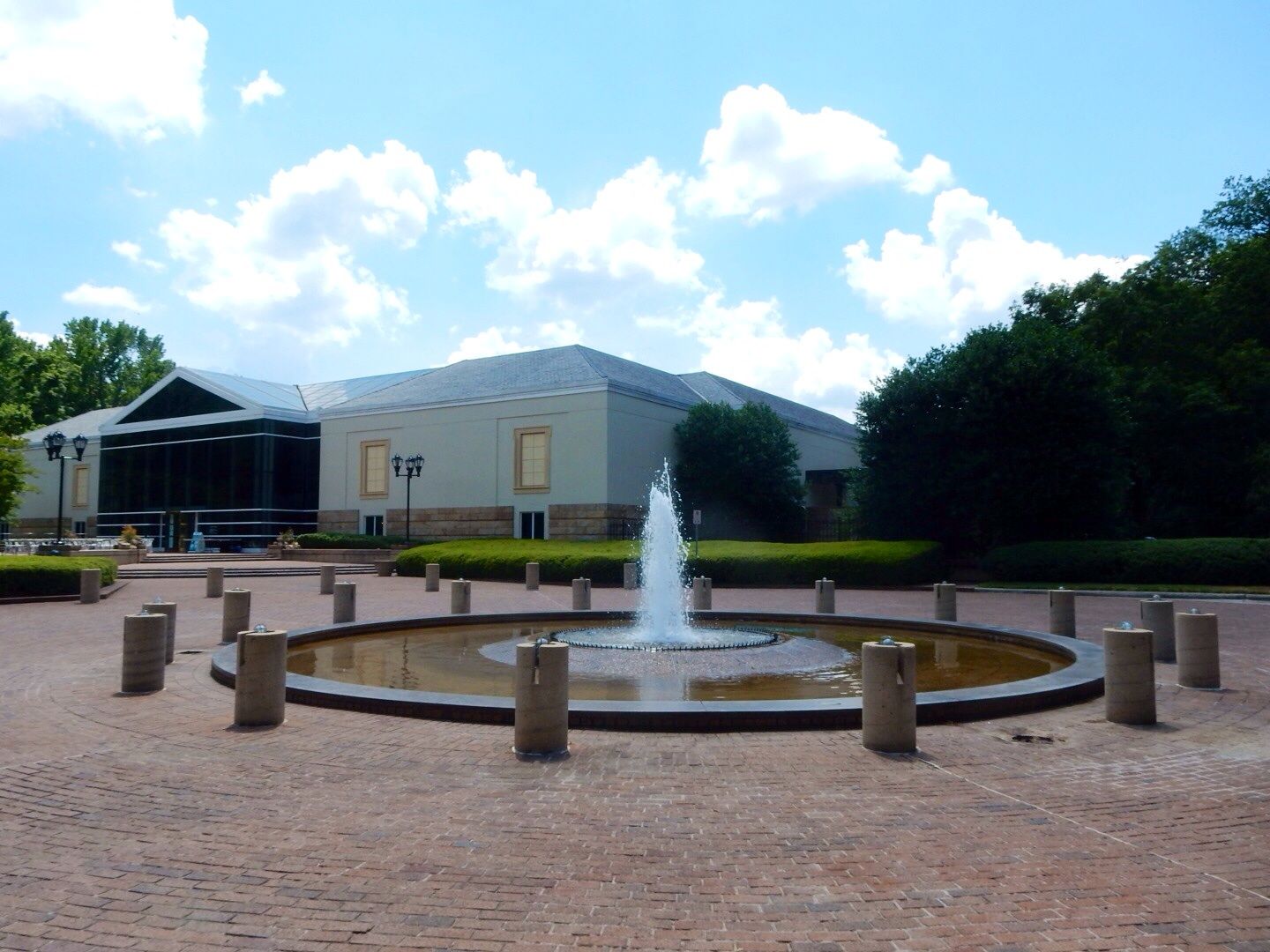
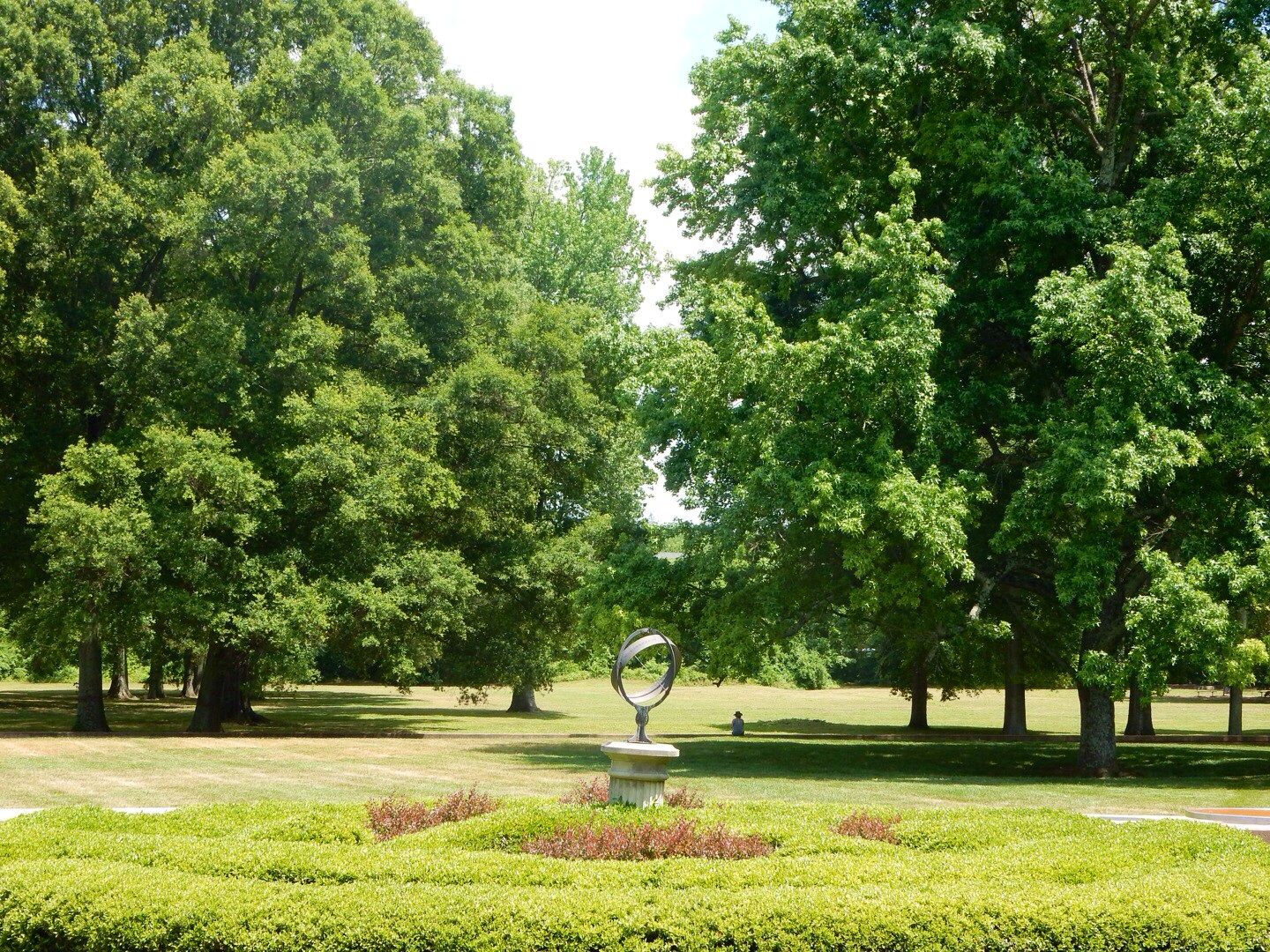

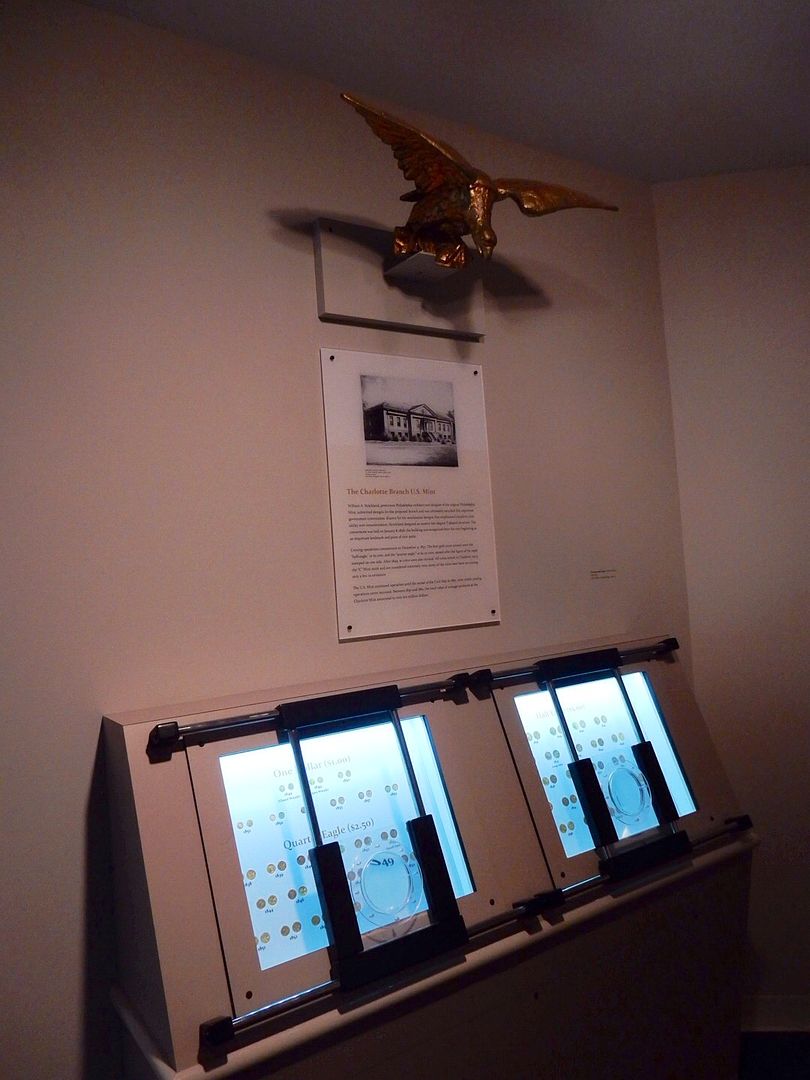
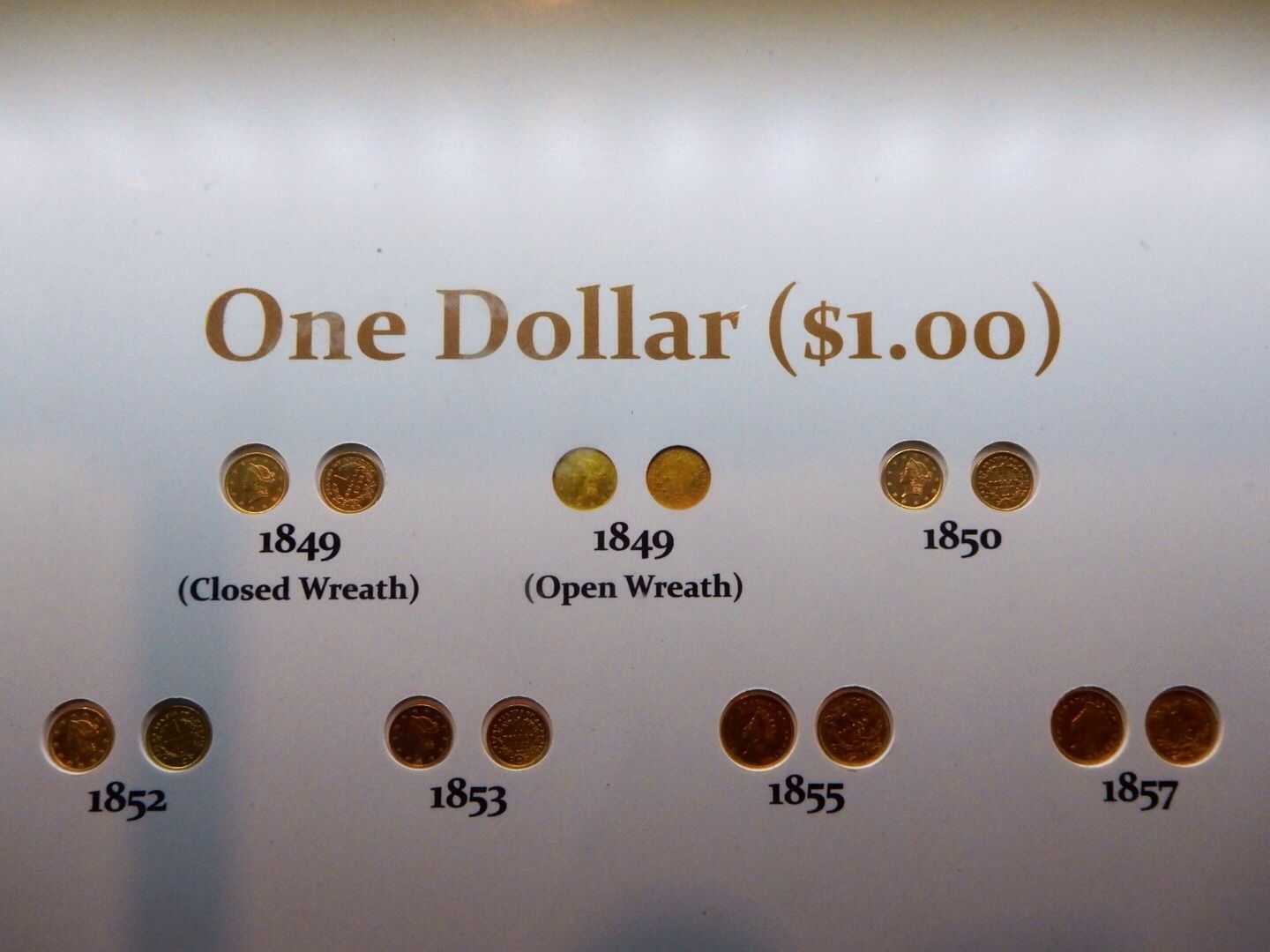

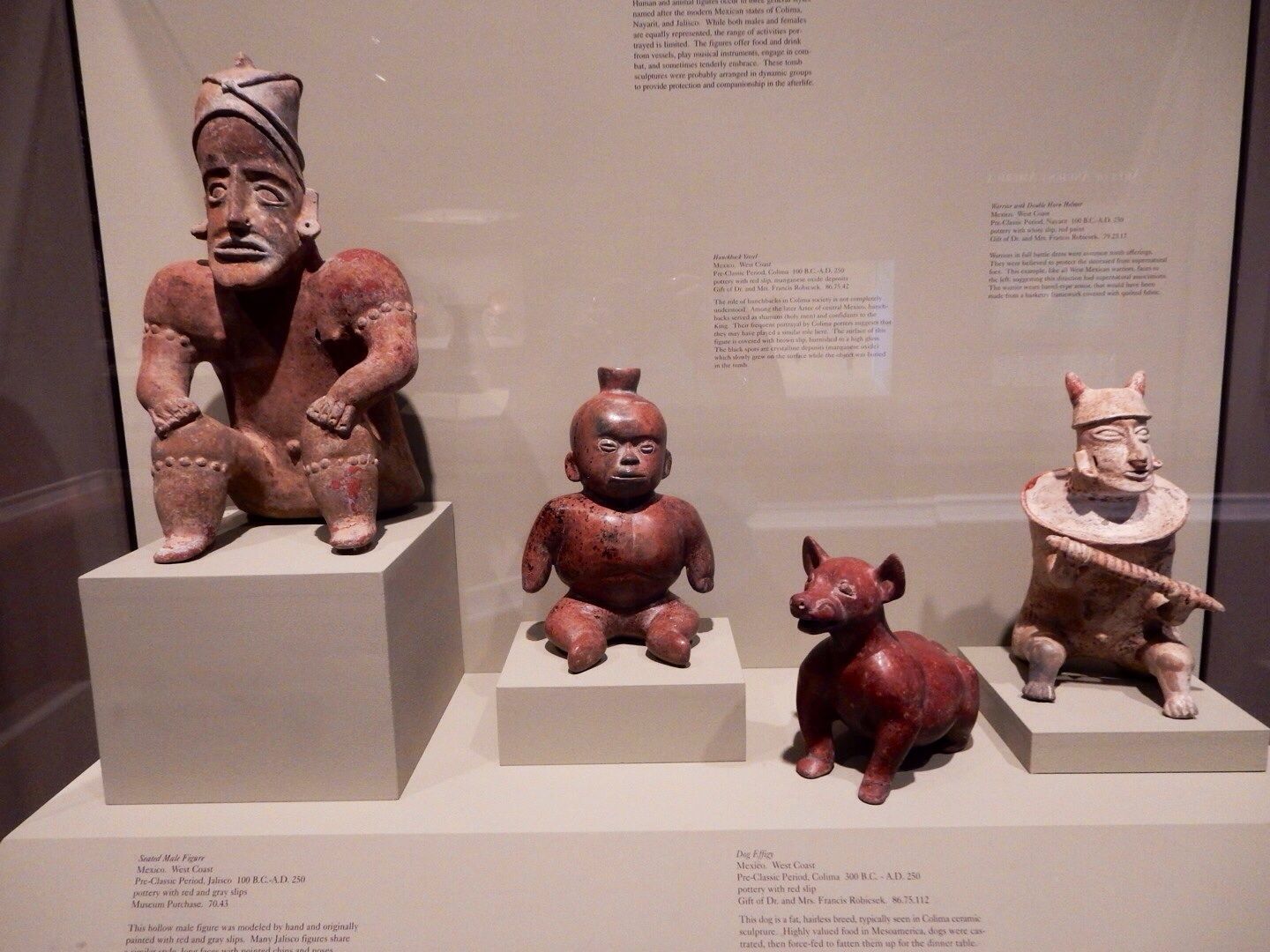
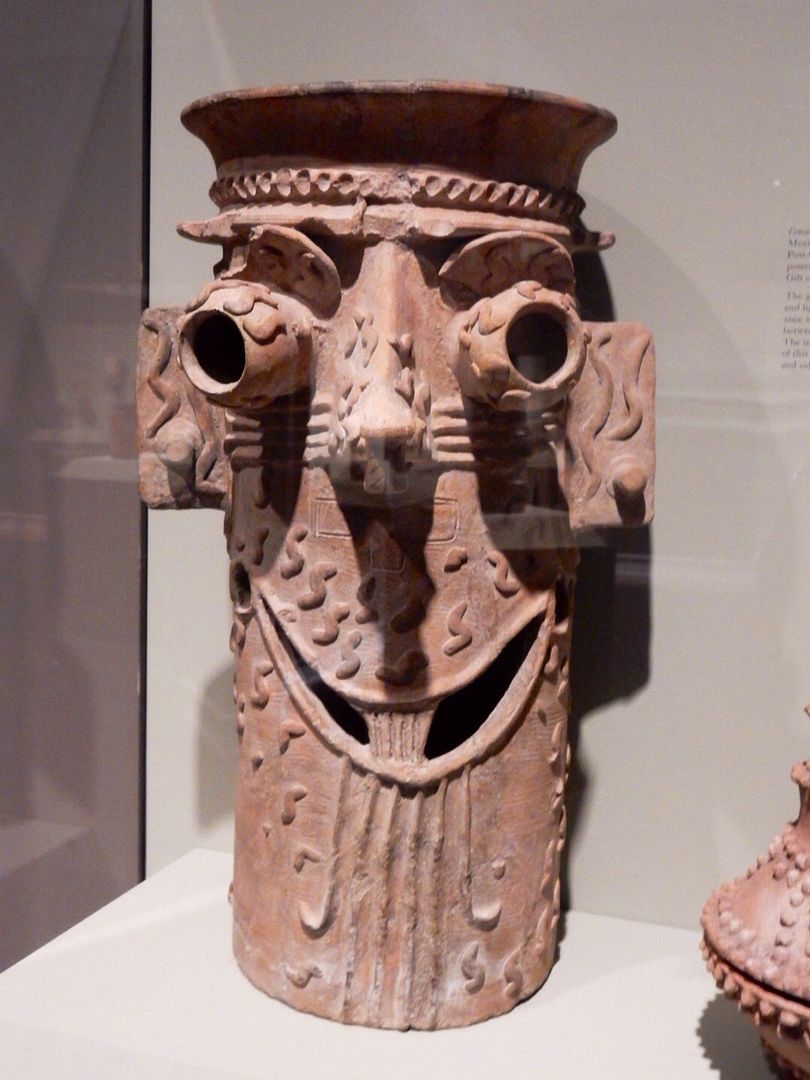
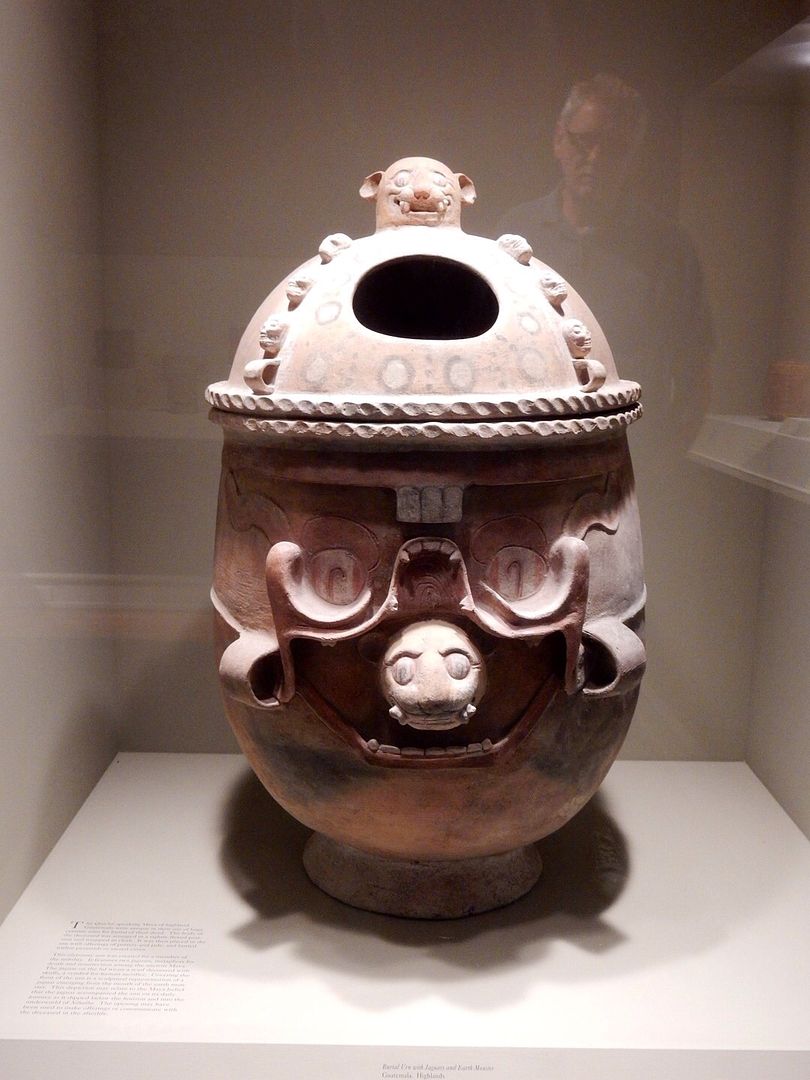
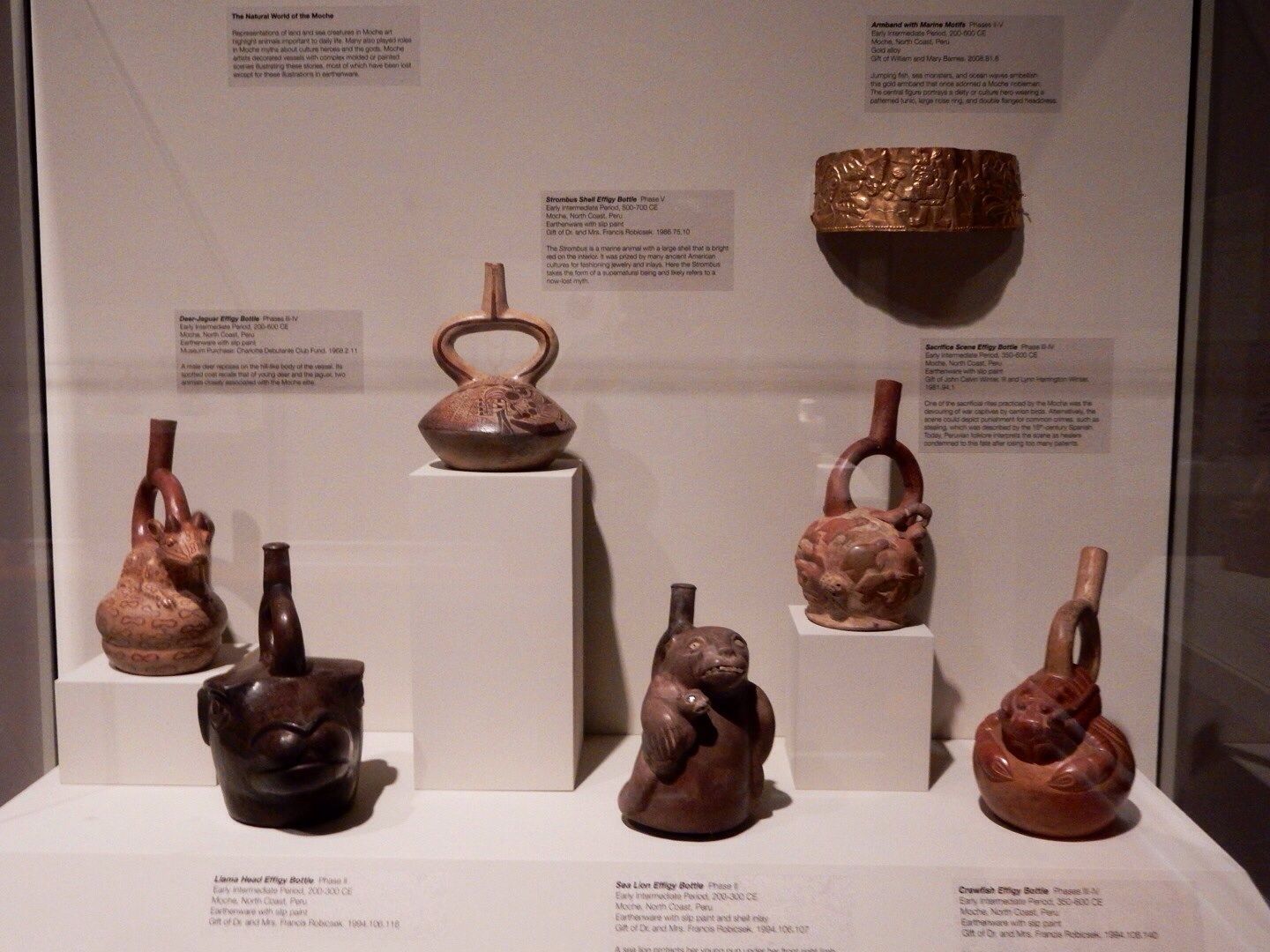

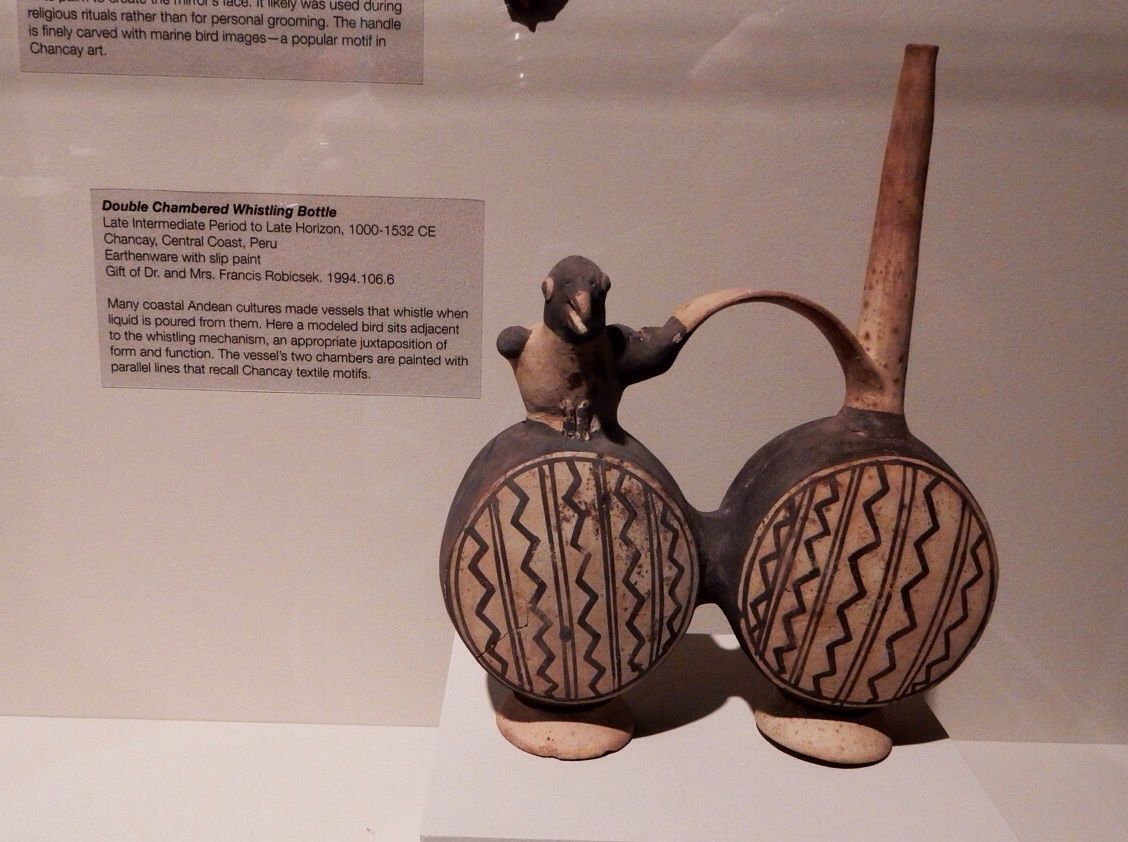


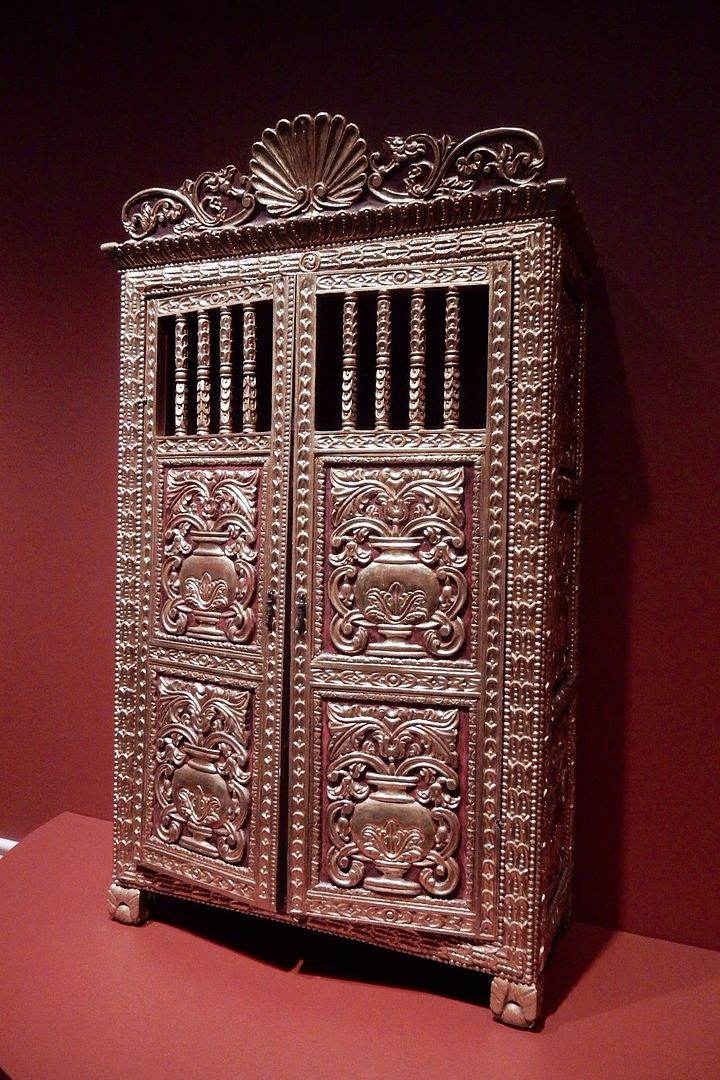
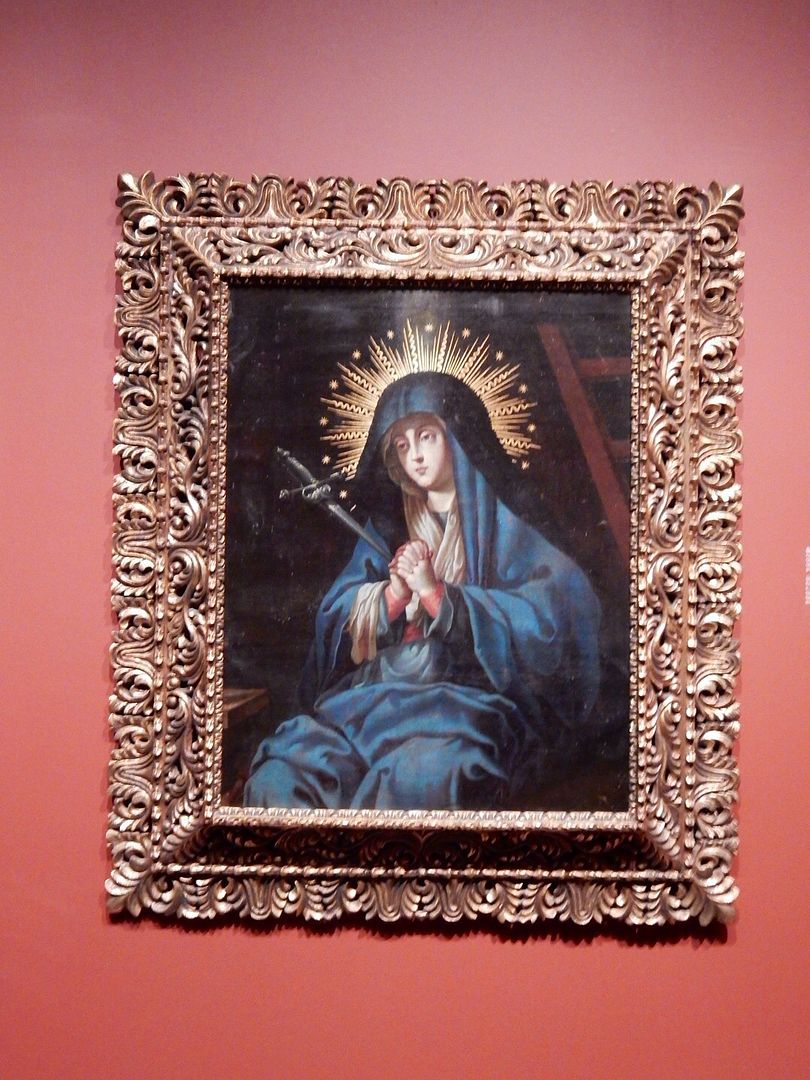
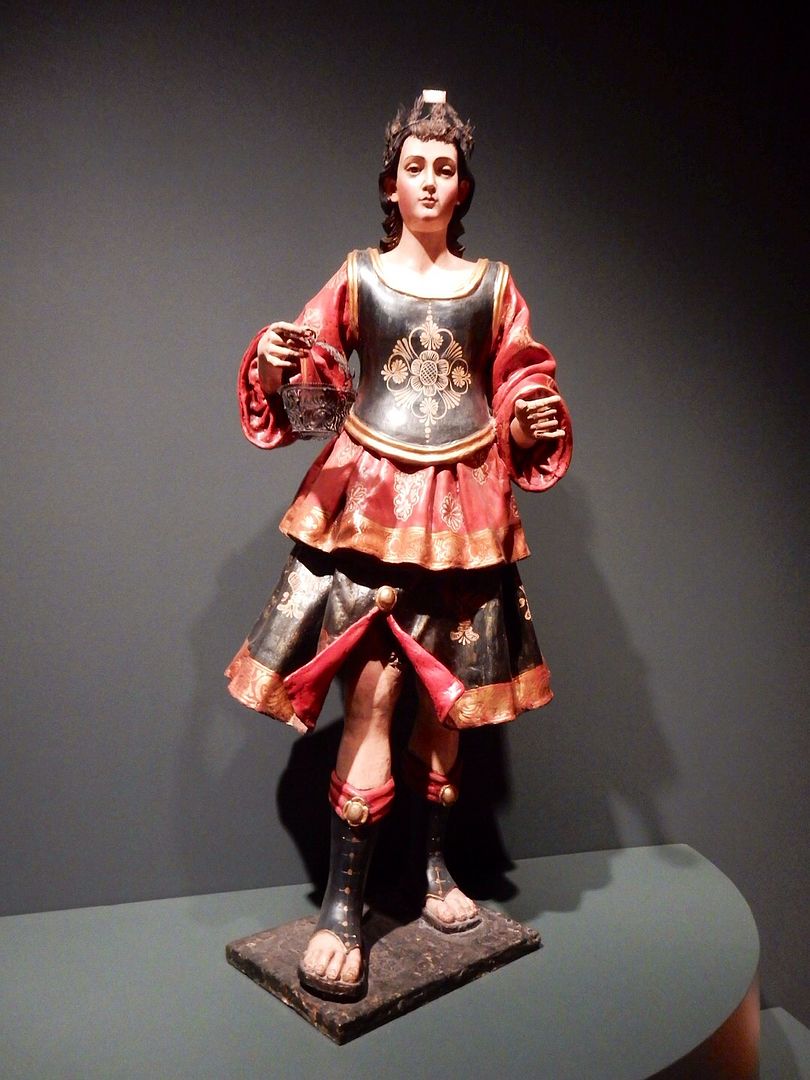


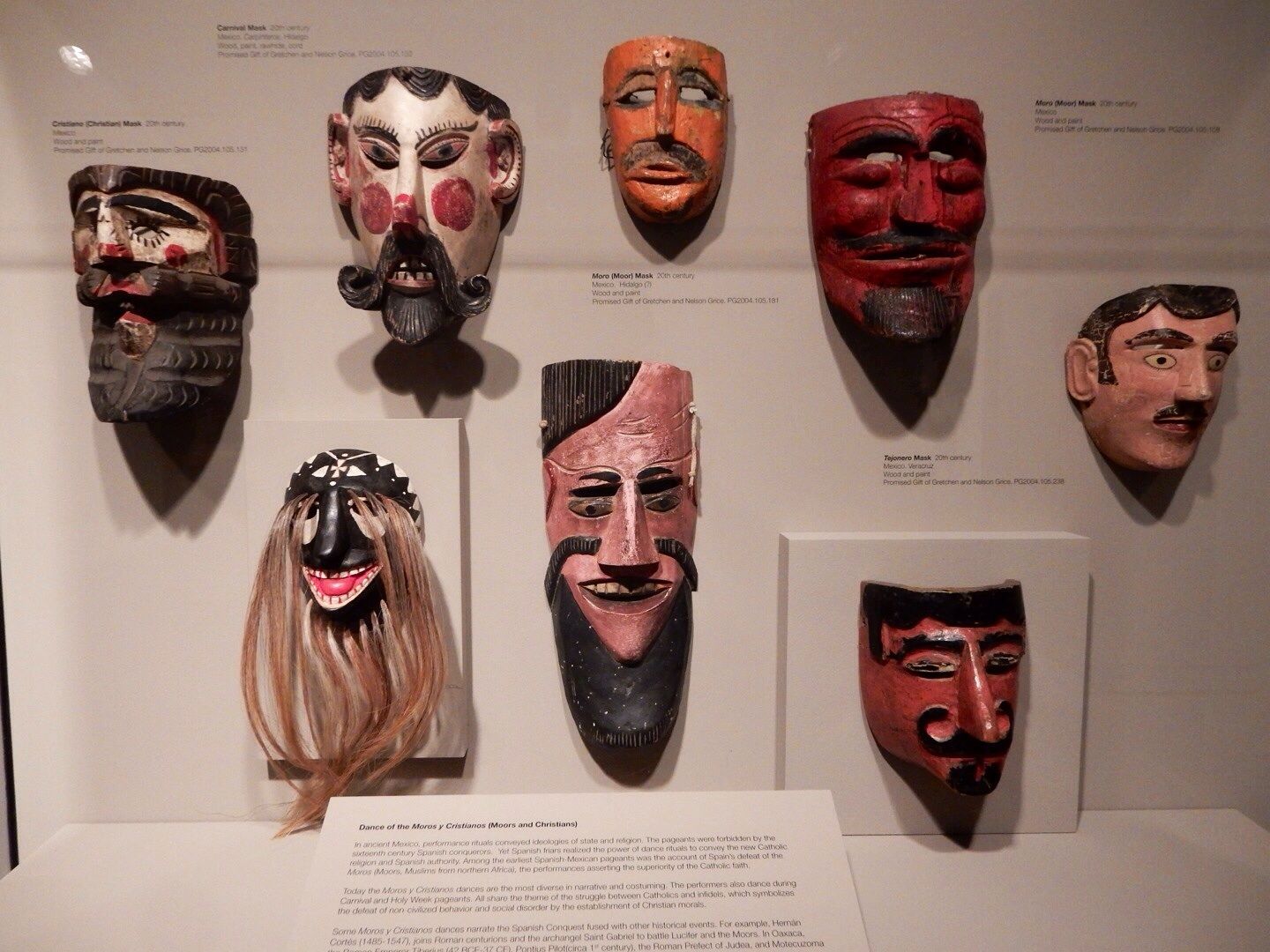
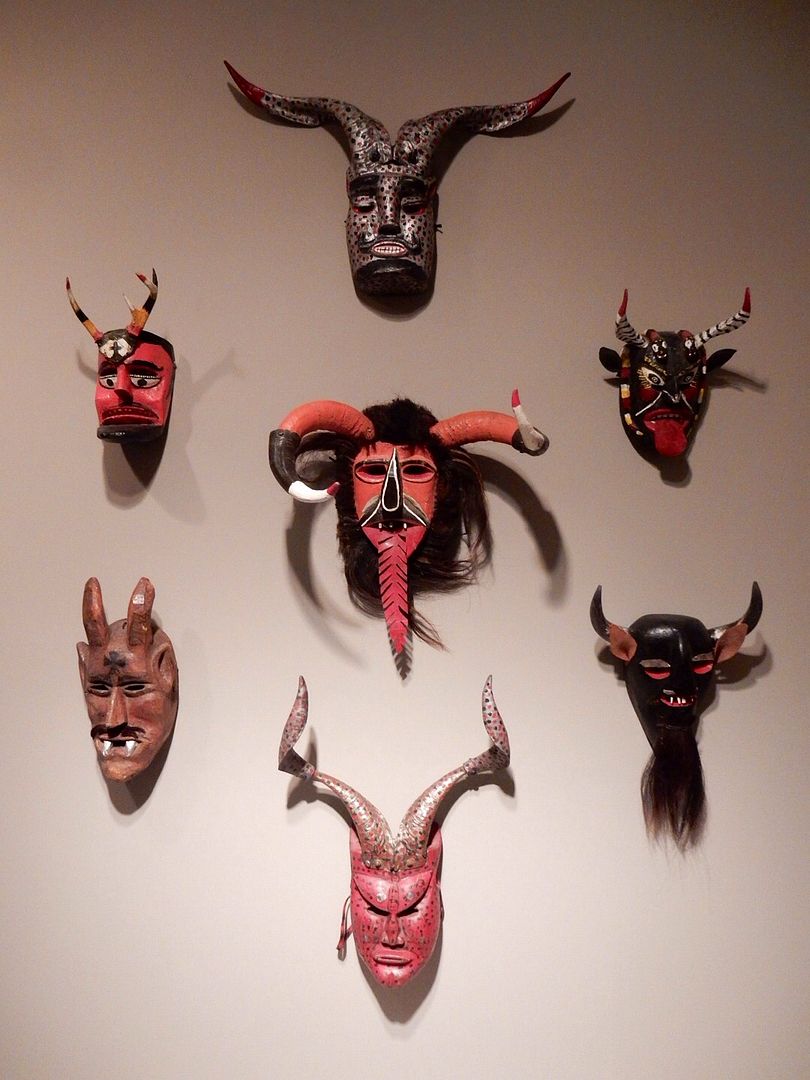
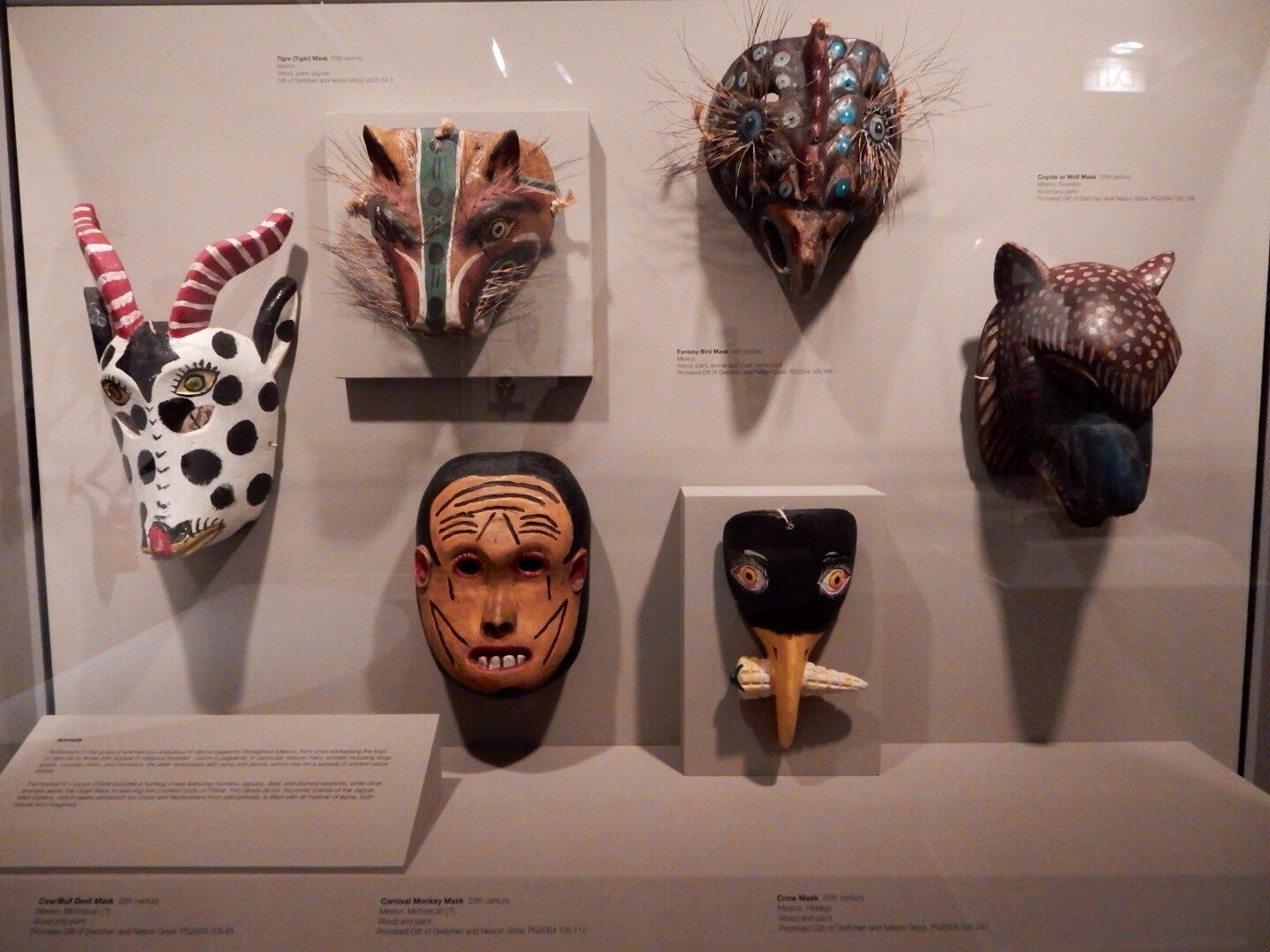
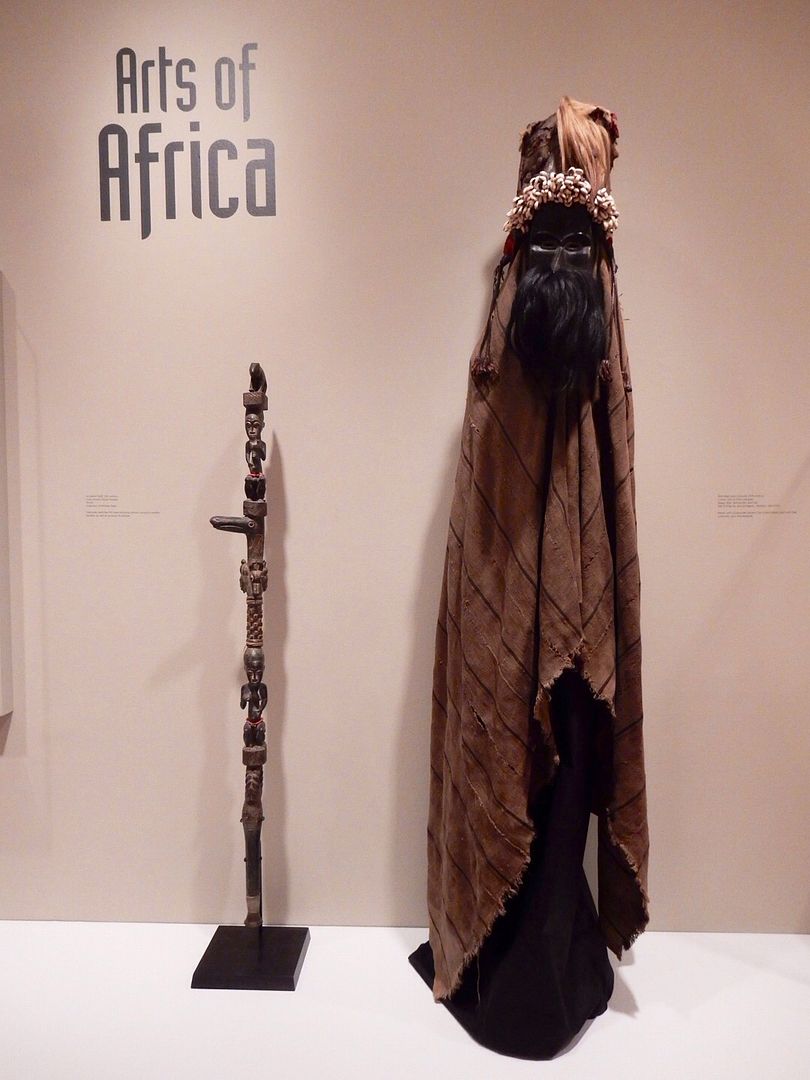

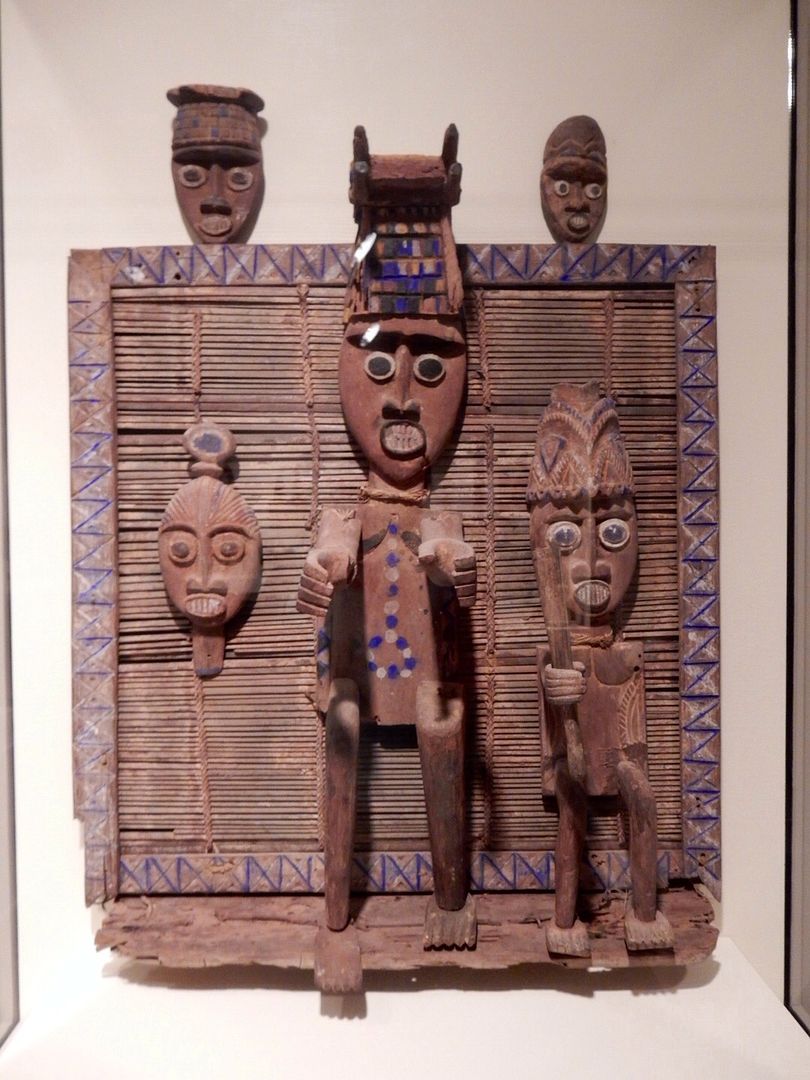
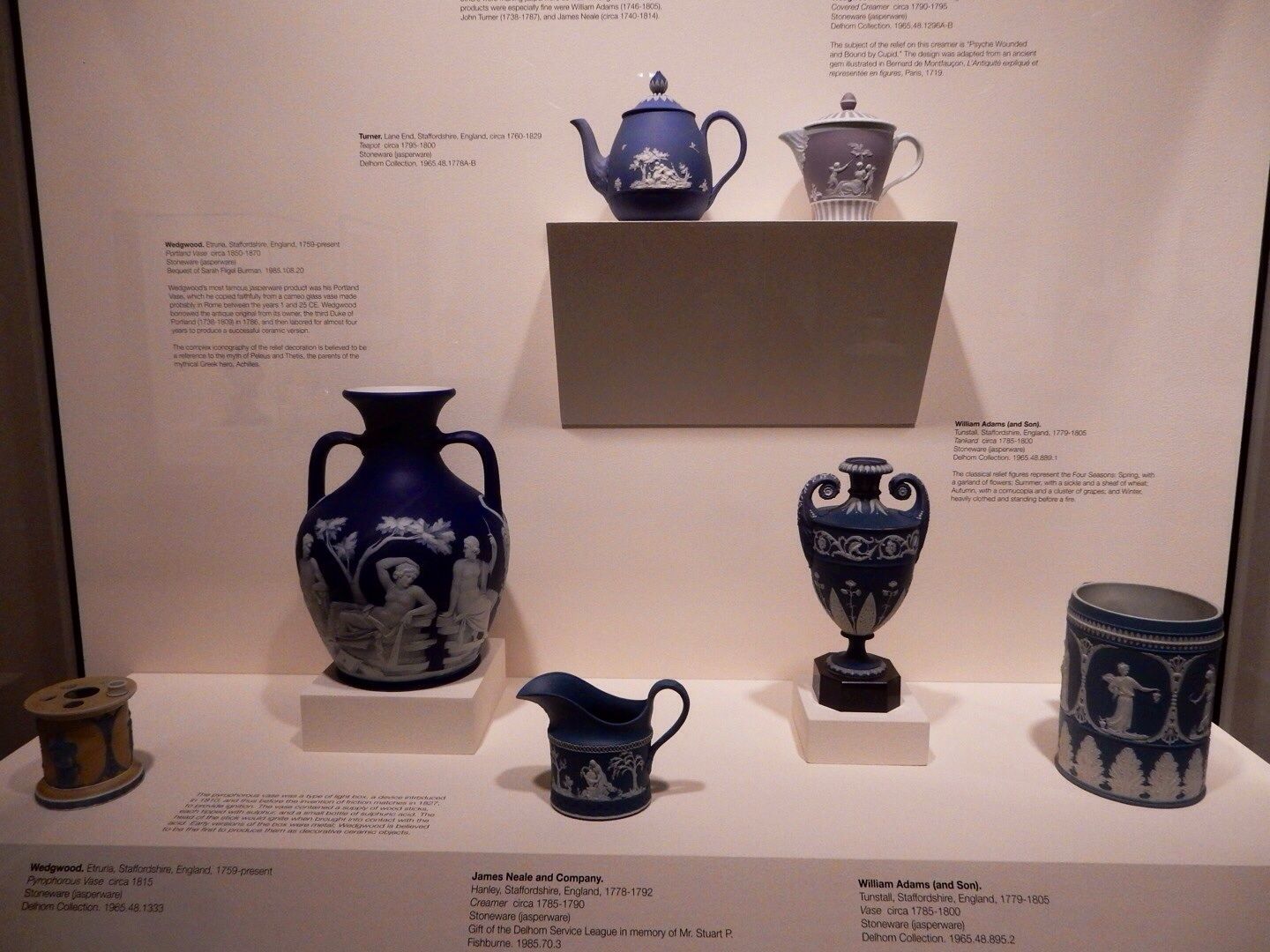
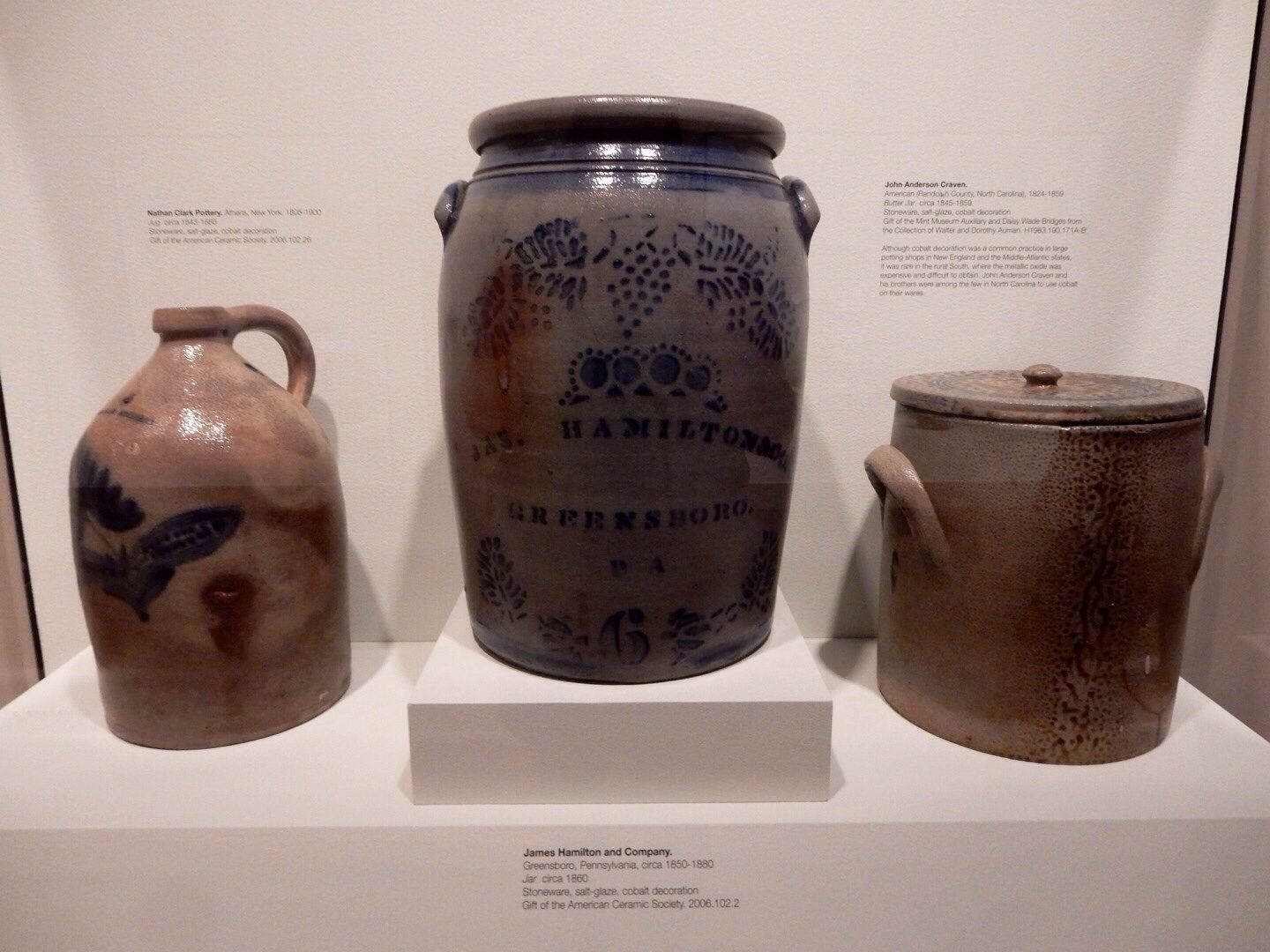
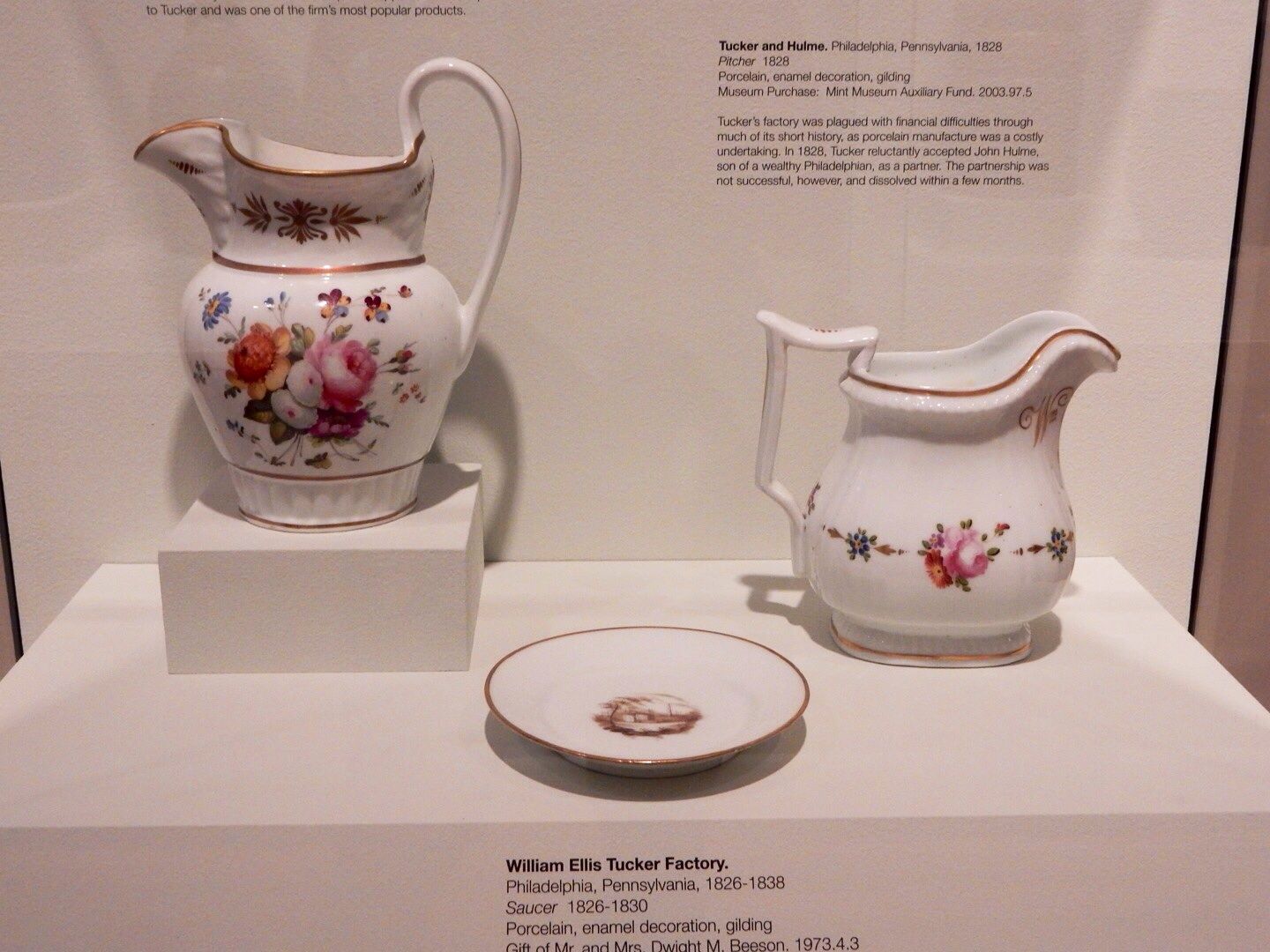
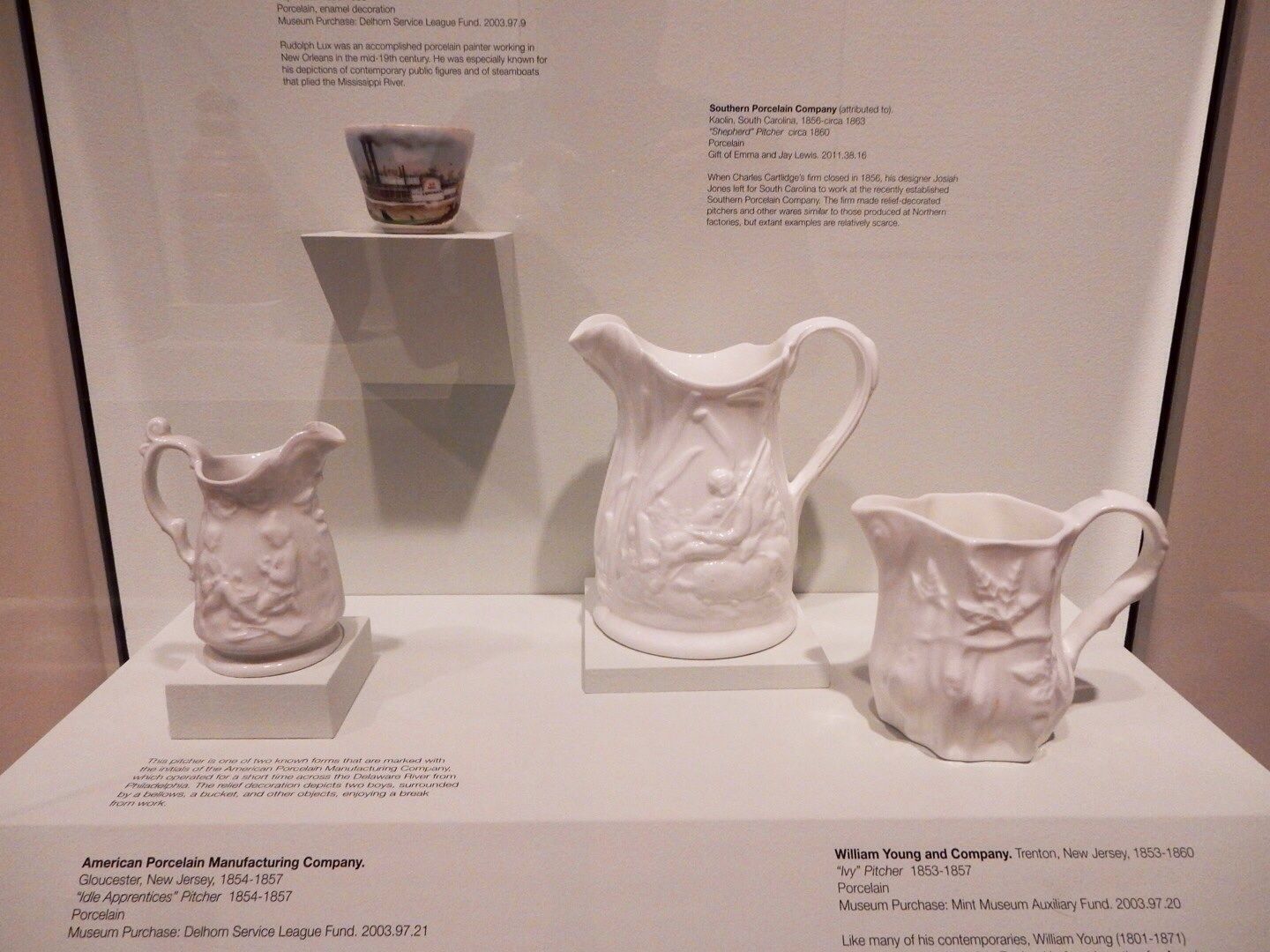


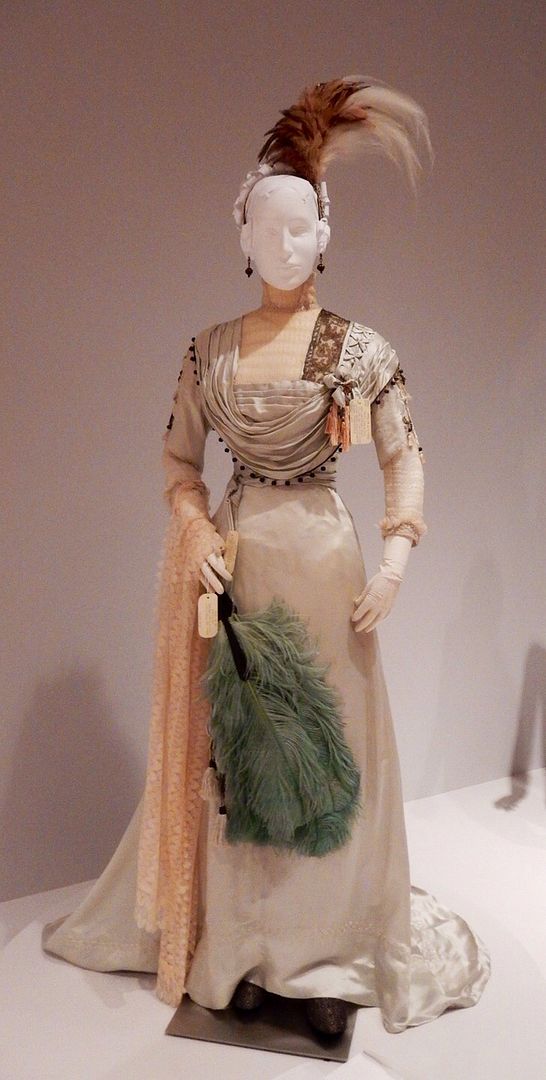
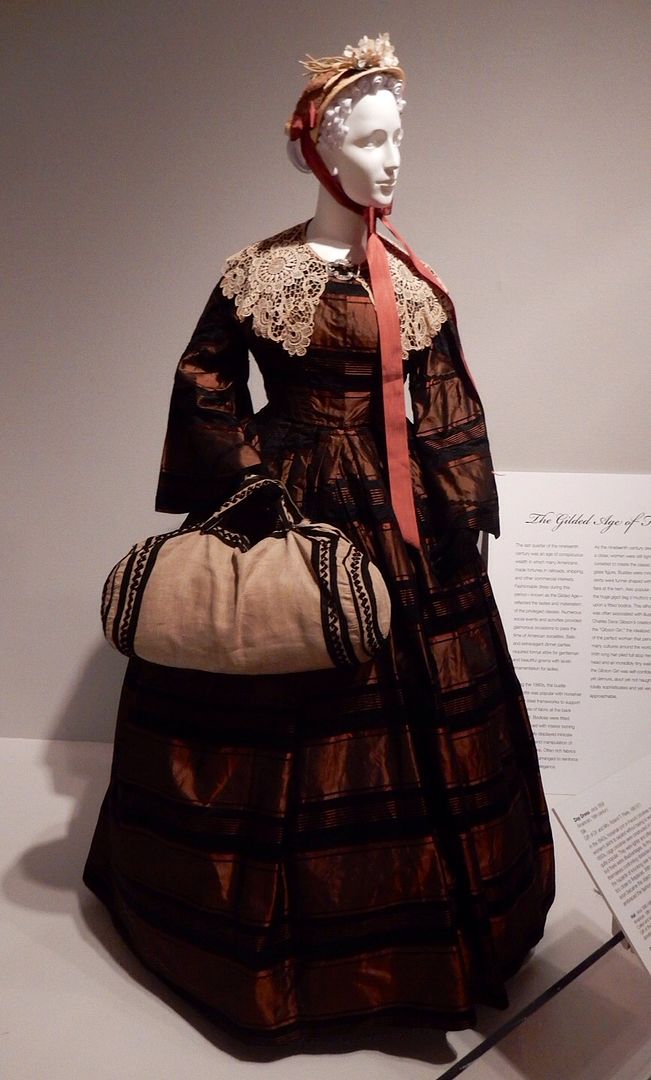



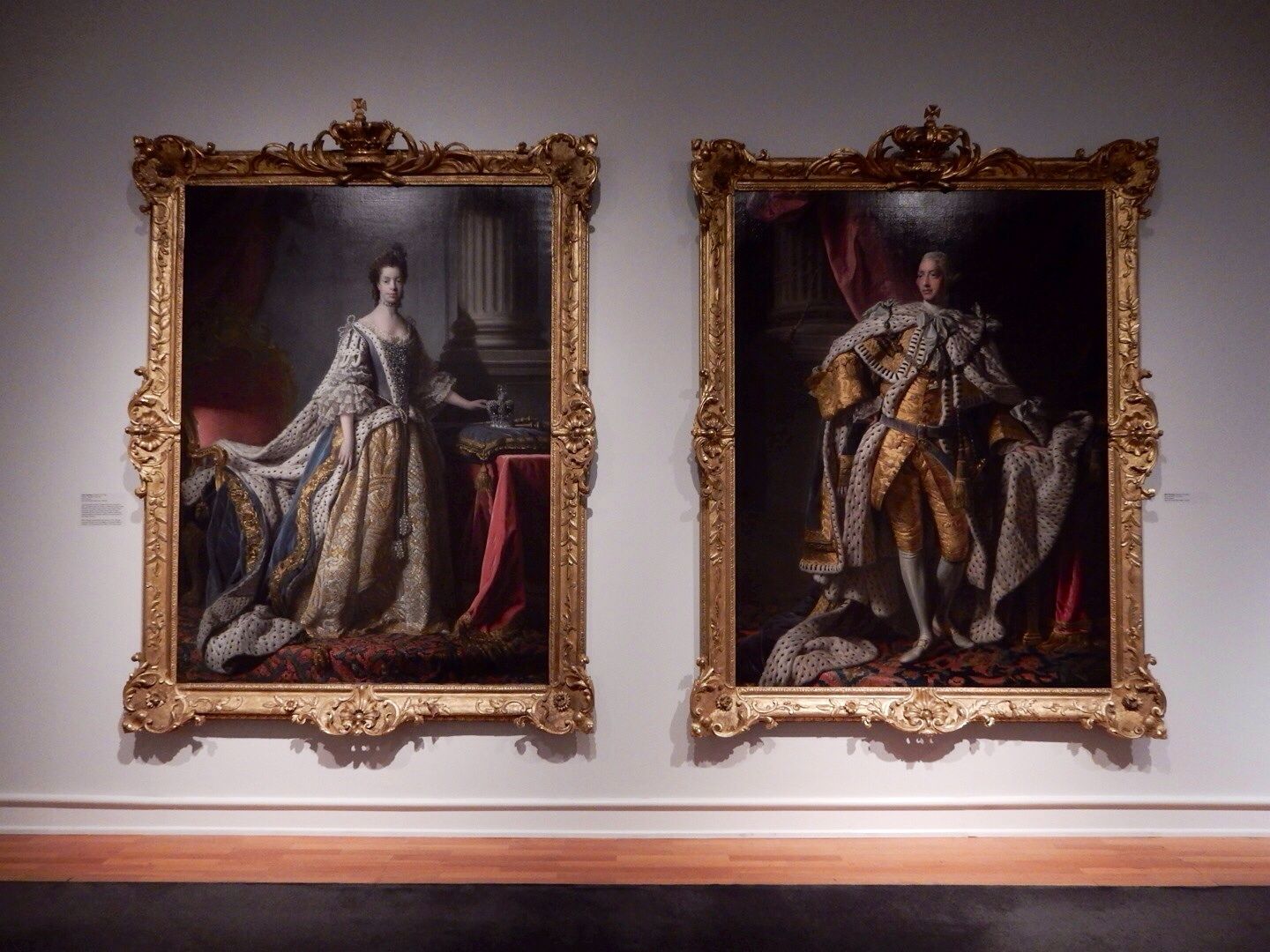
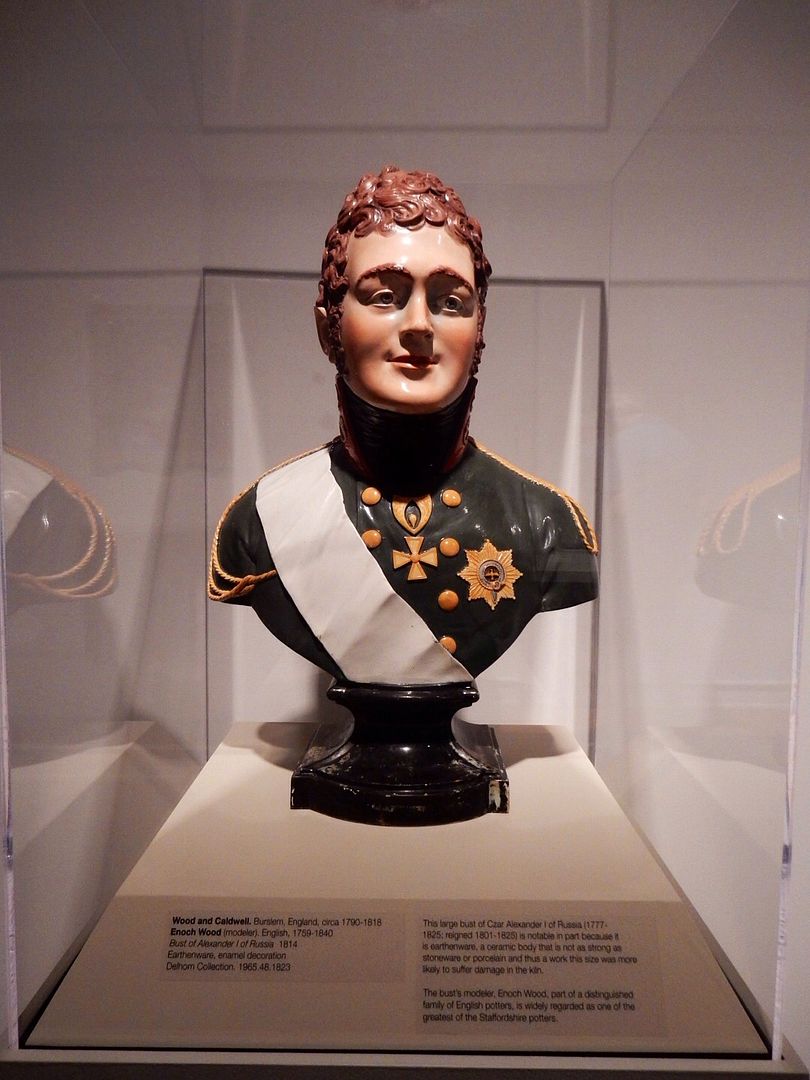
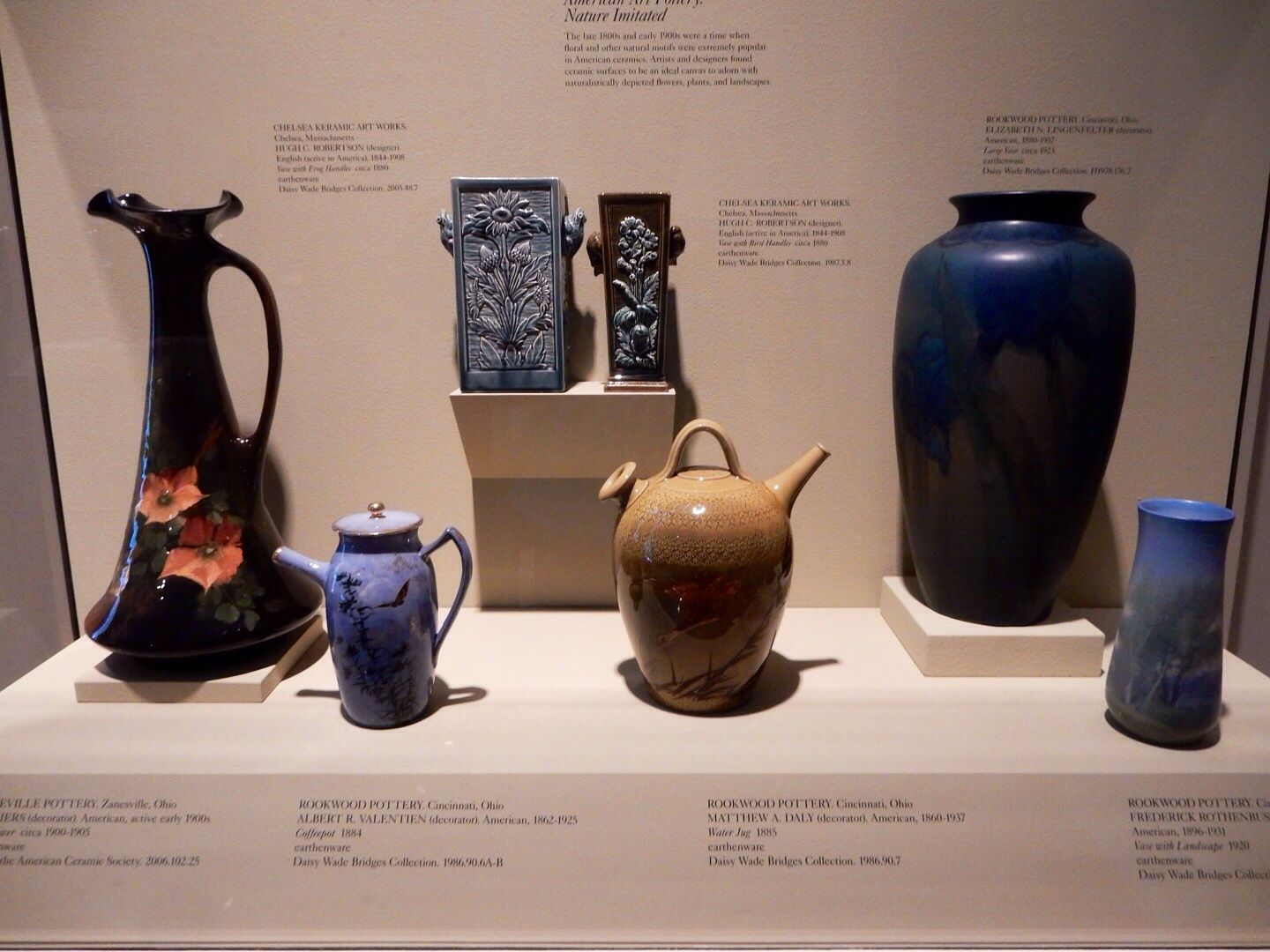

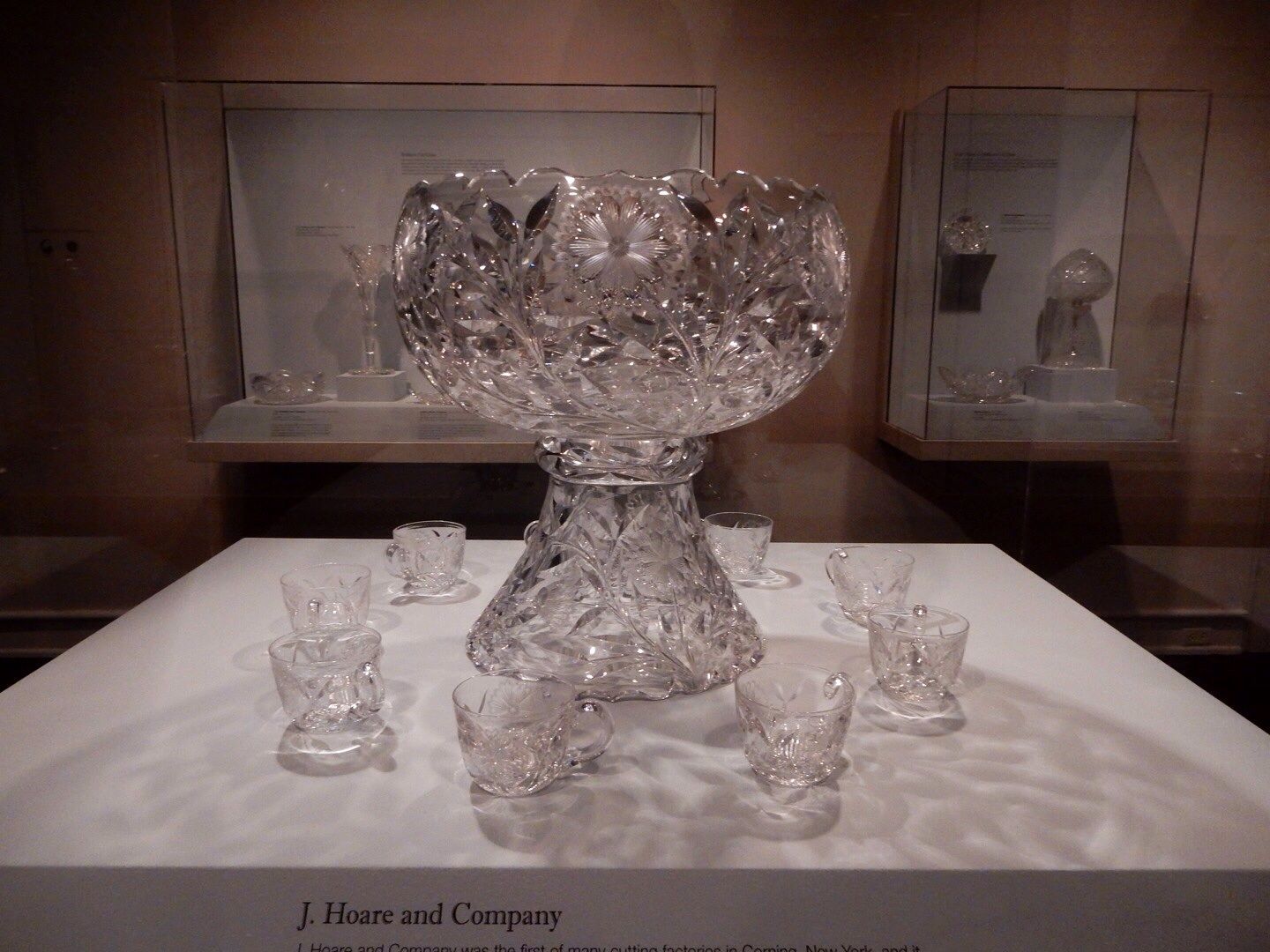

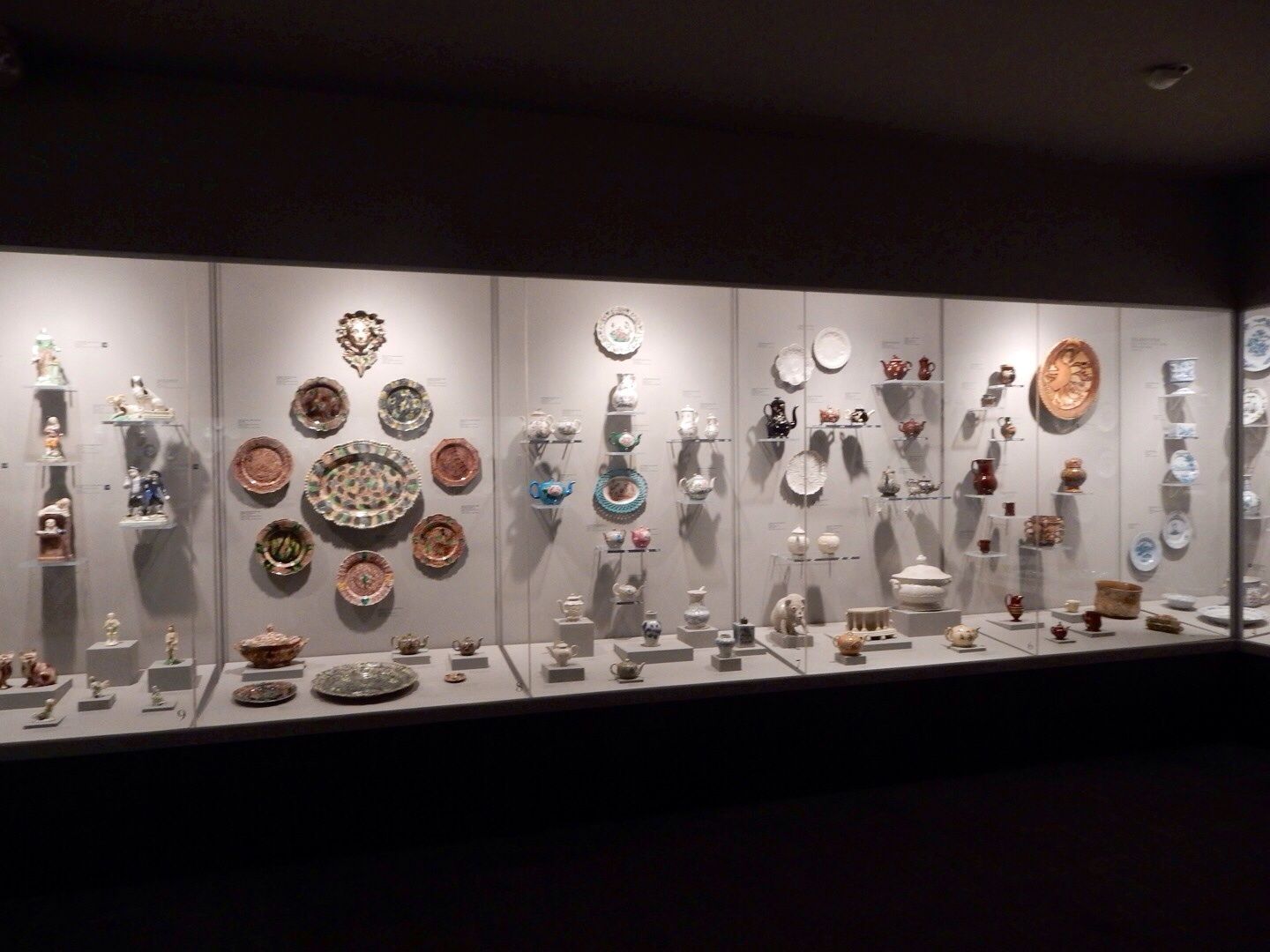
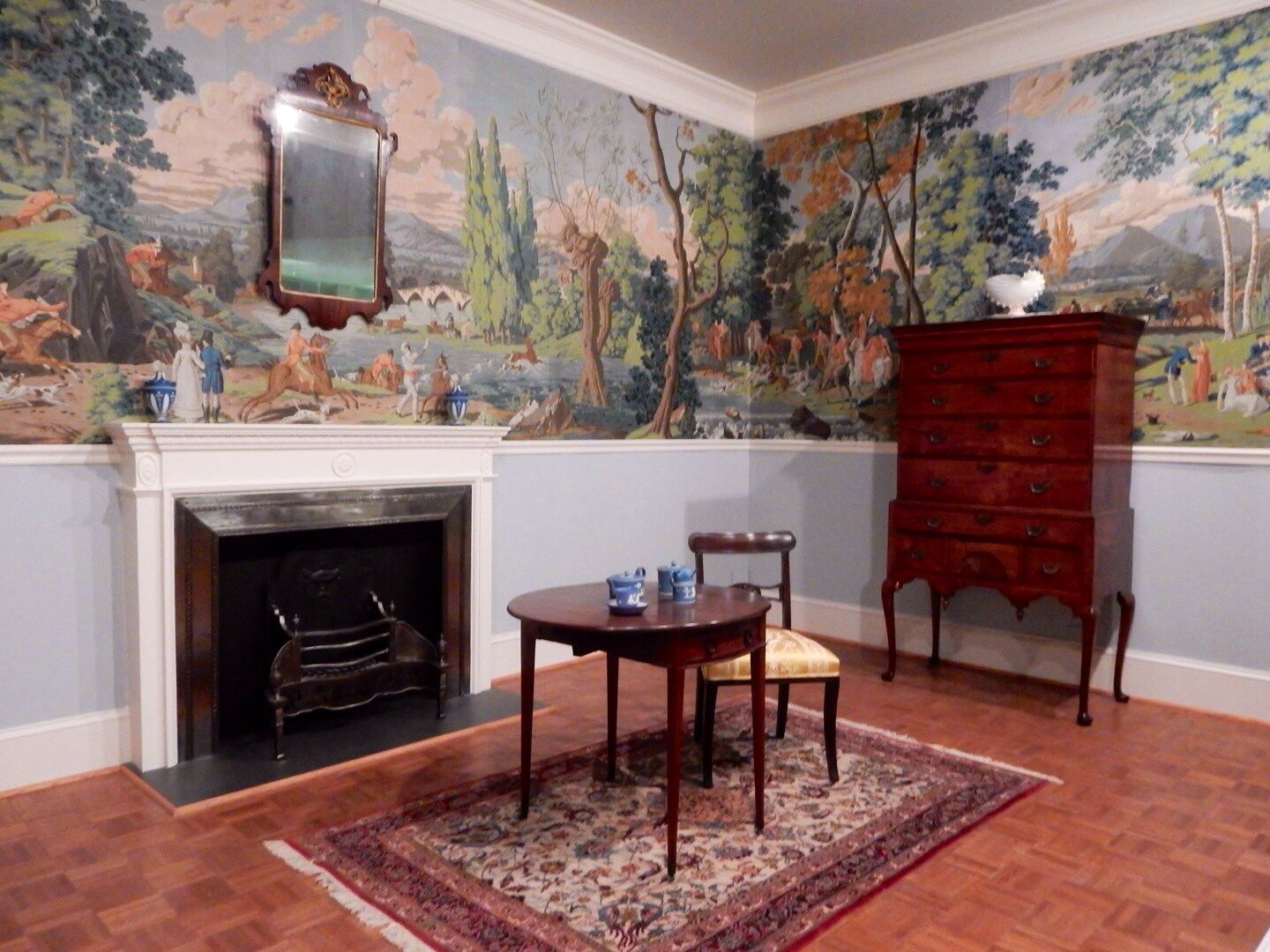
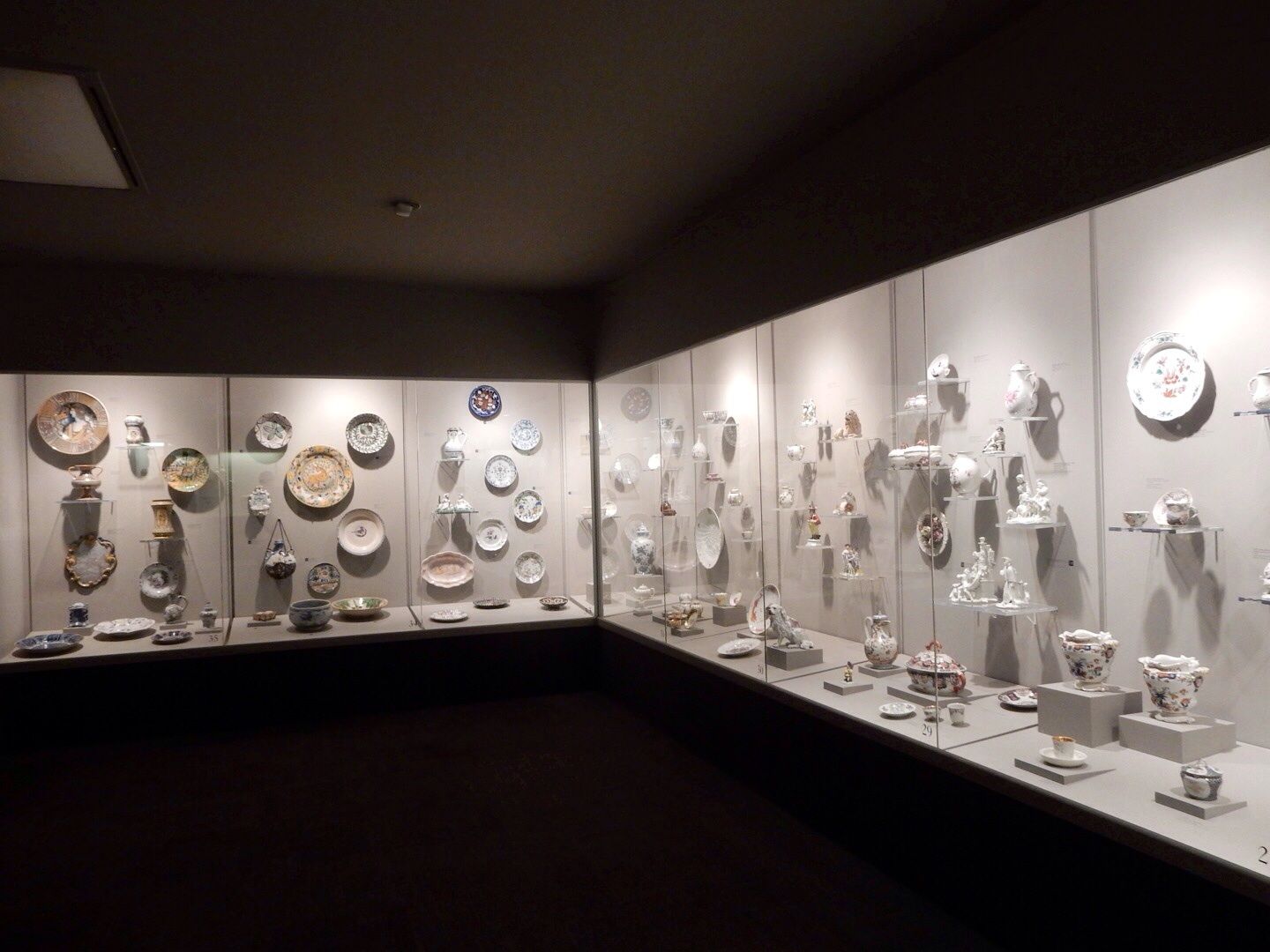
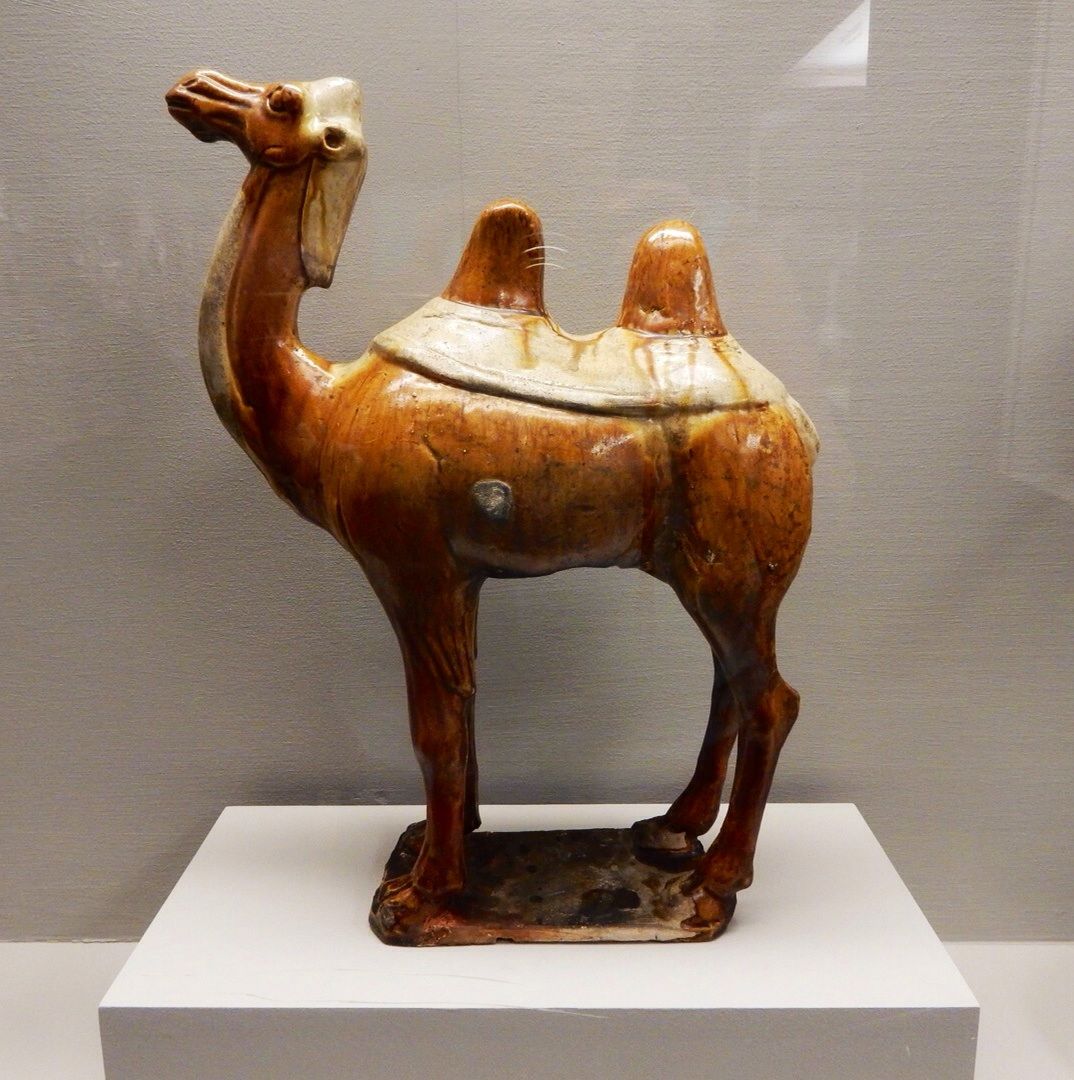
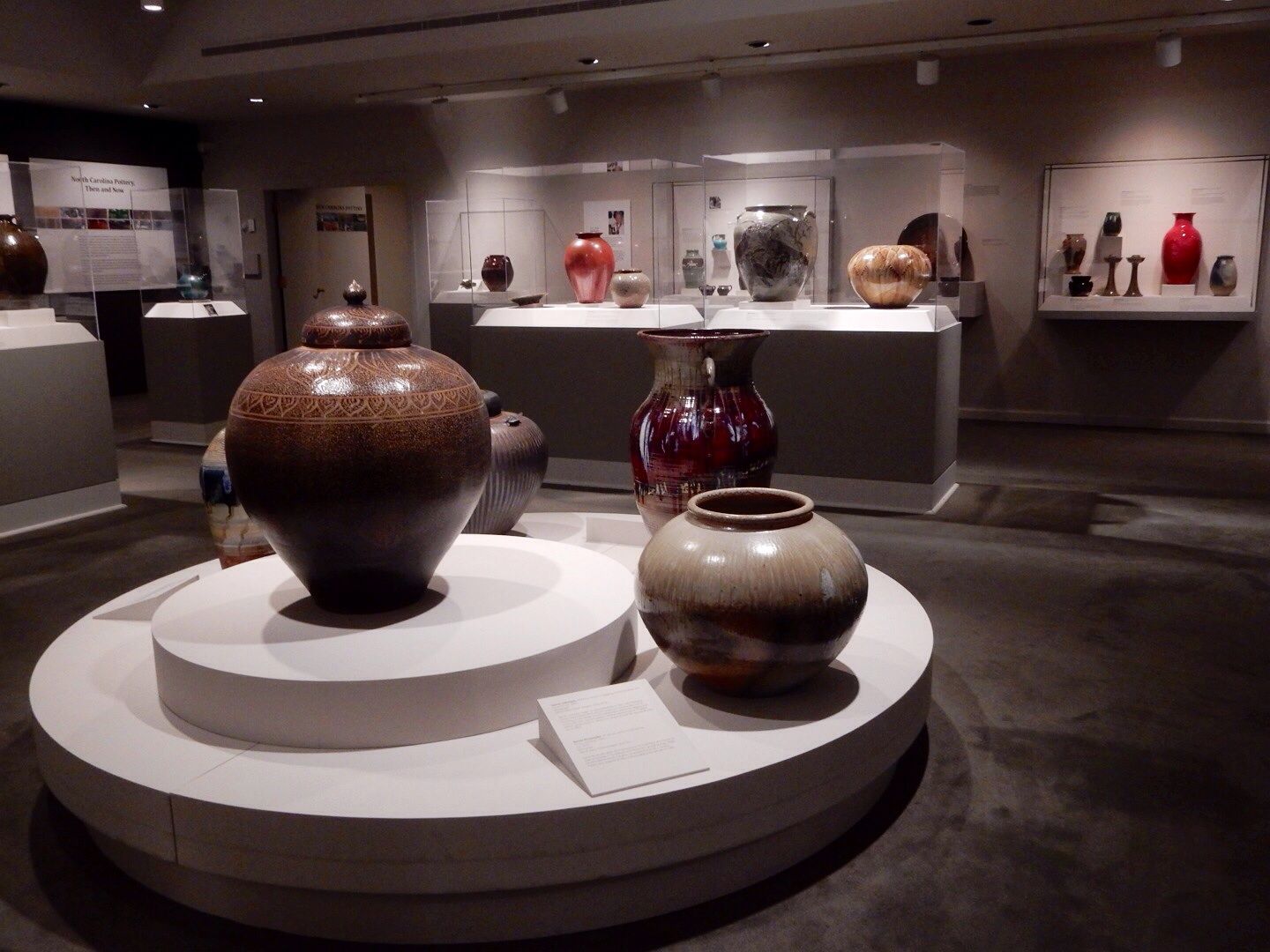
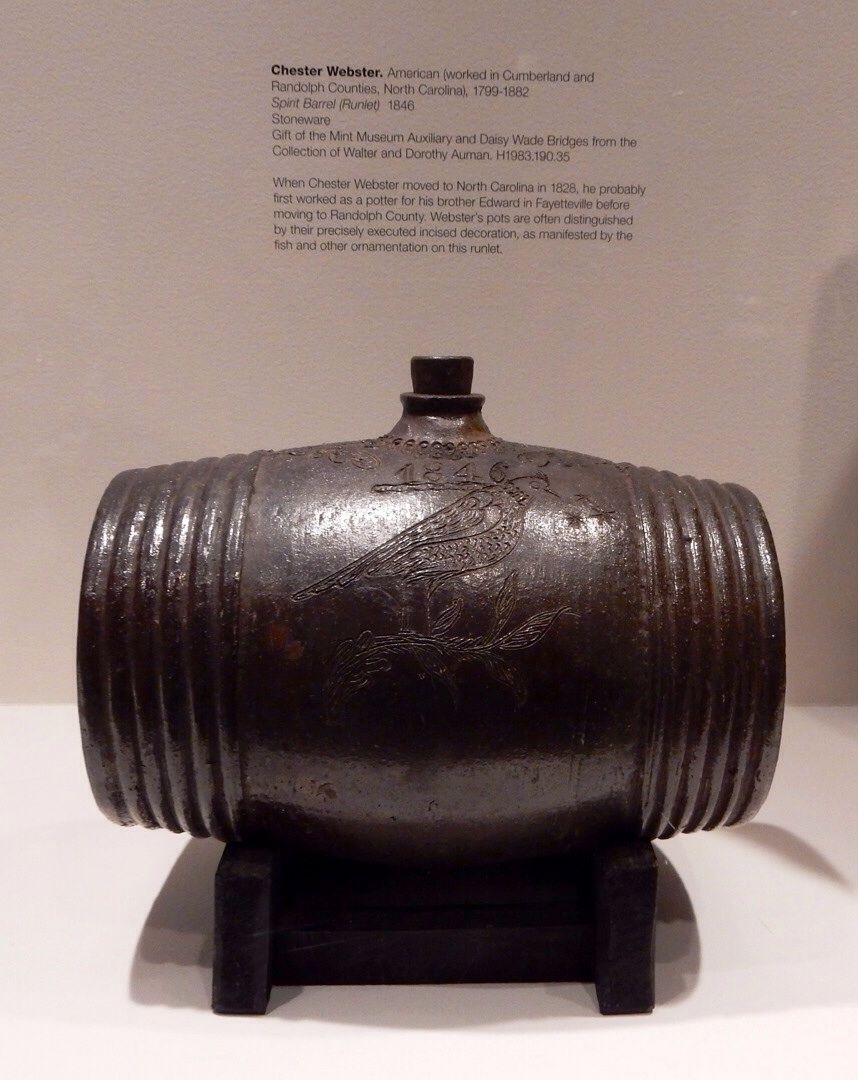
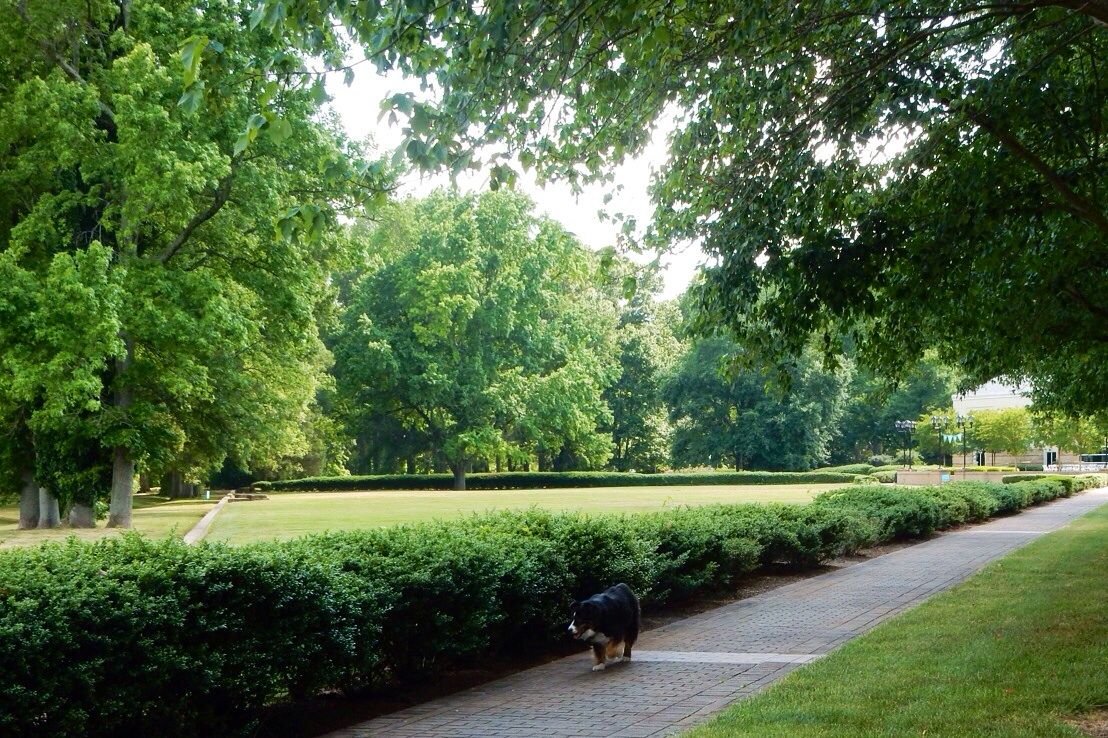

No comments:
Post a Comment